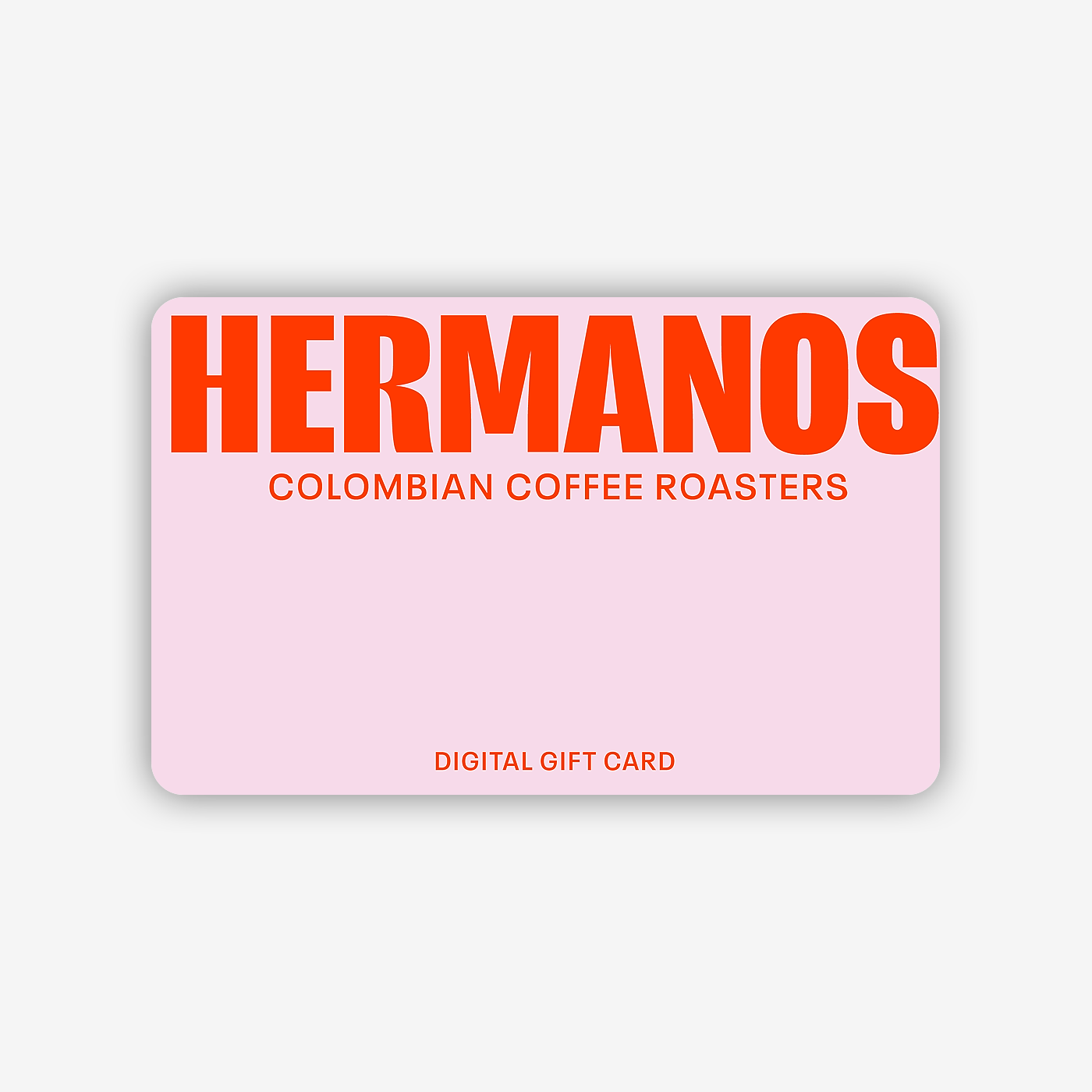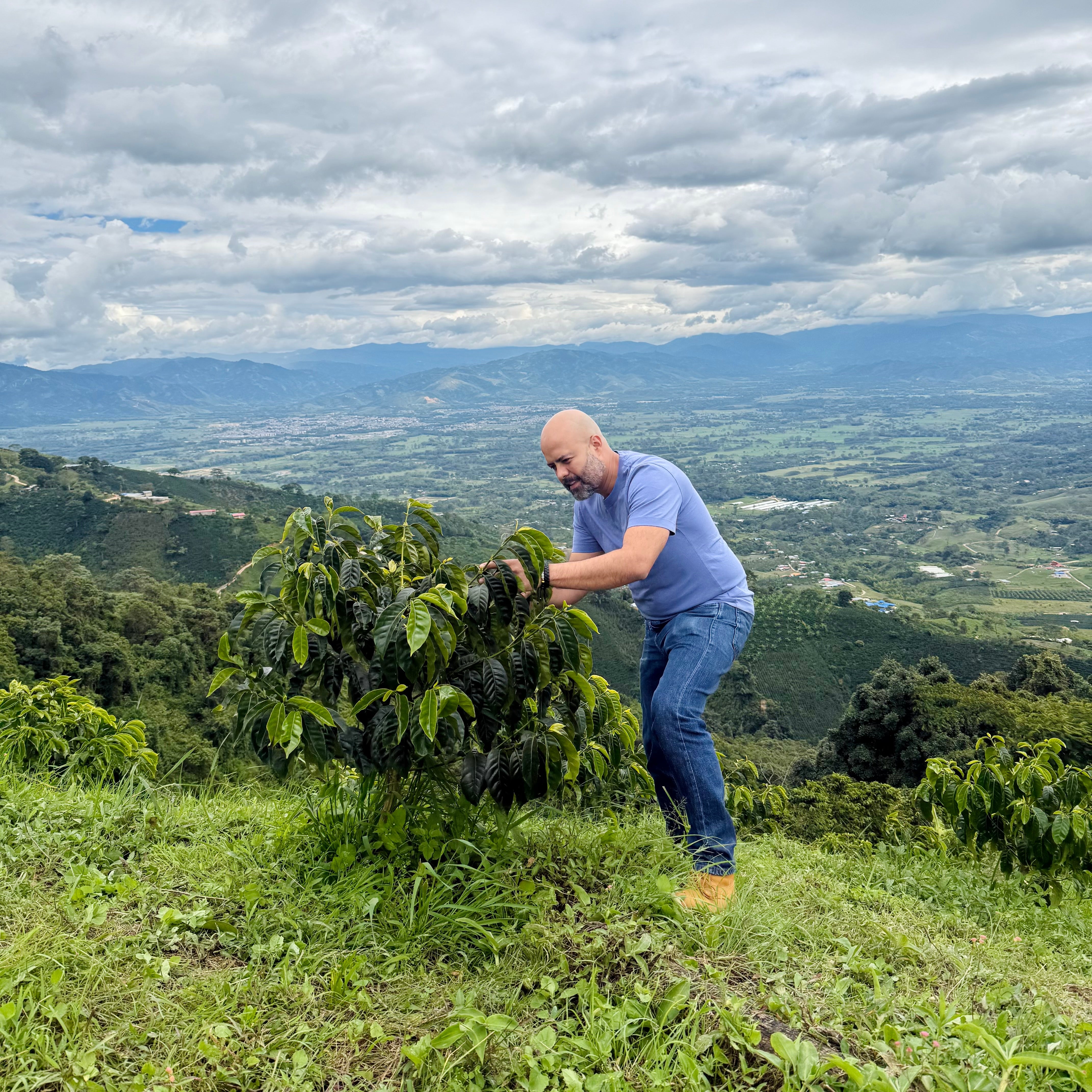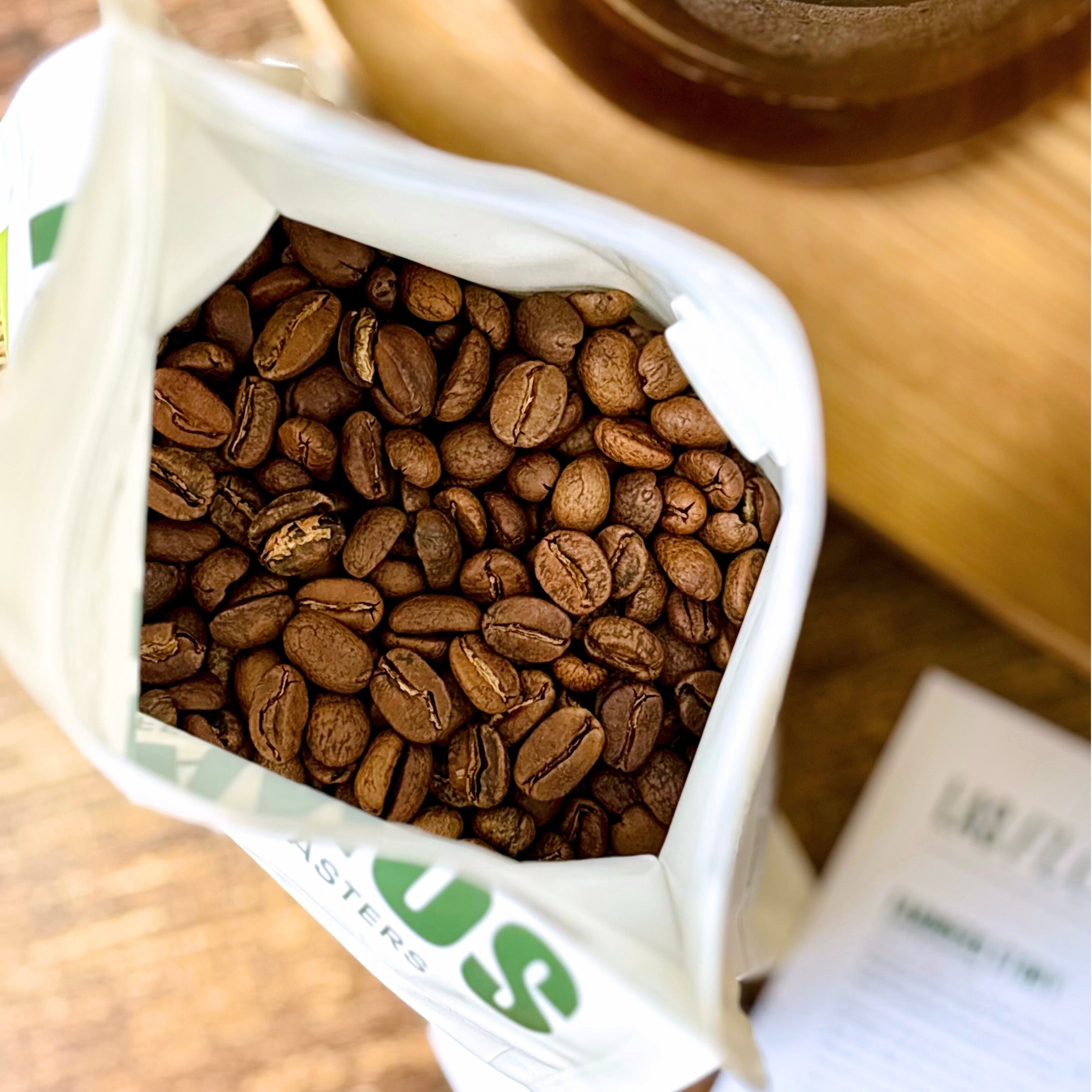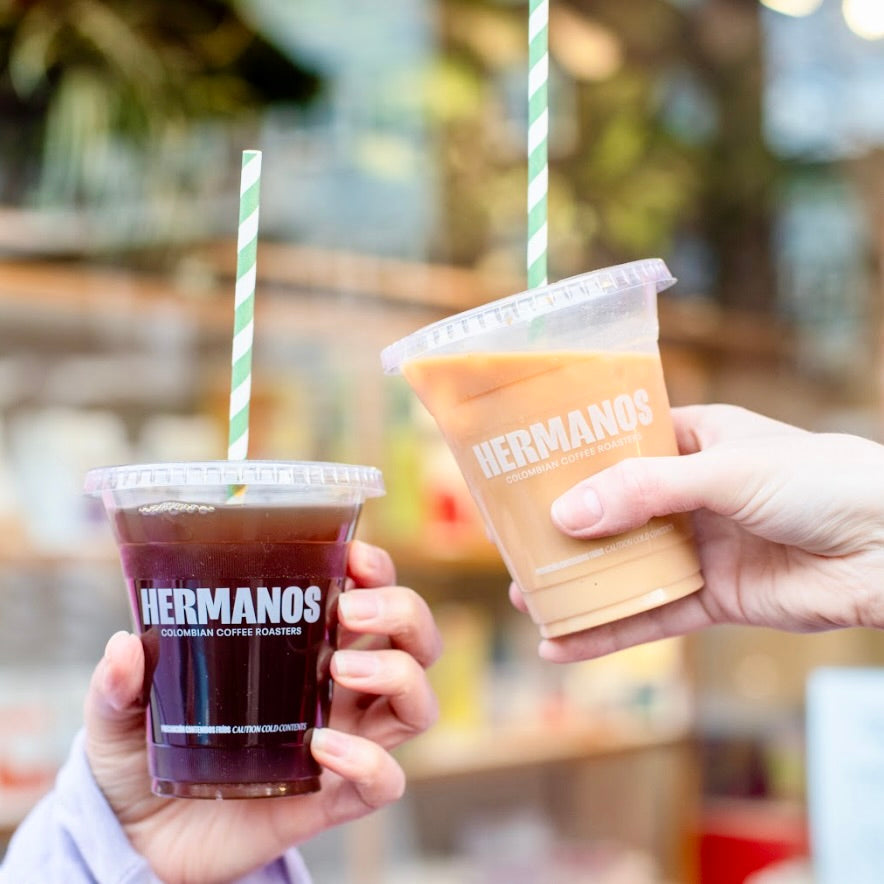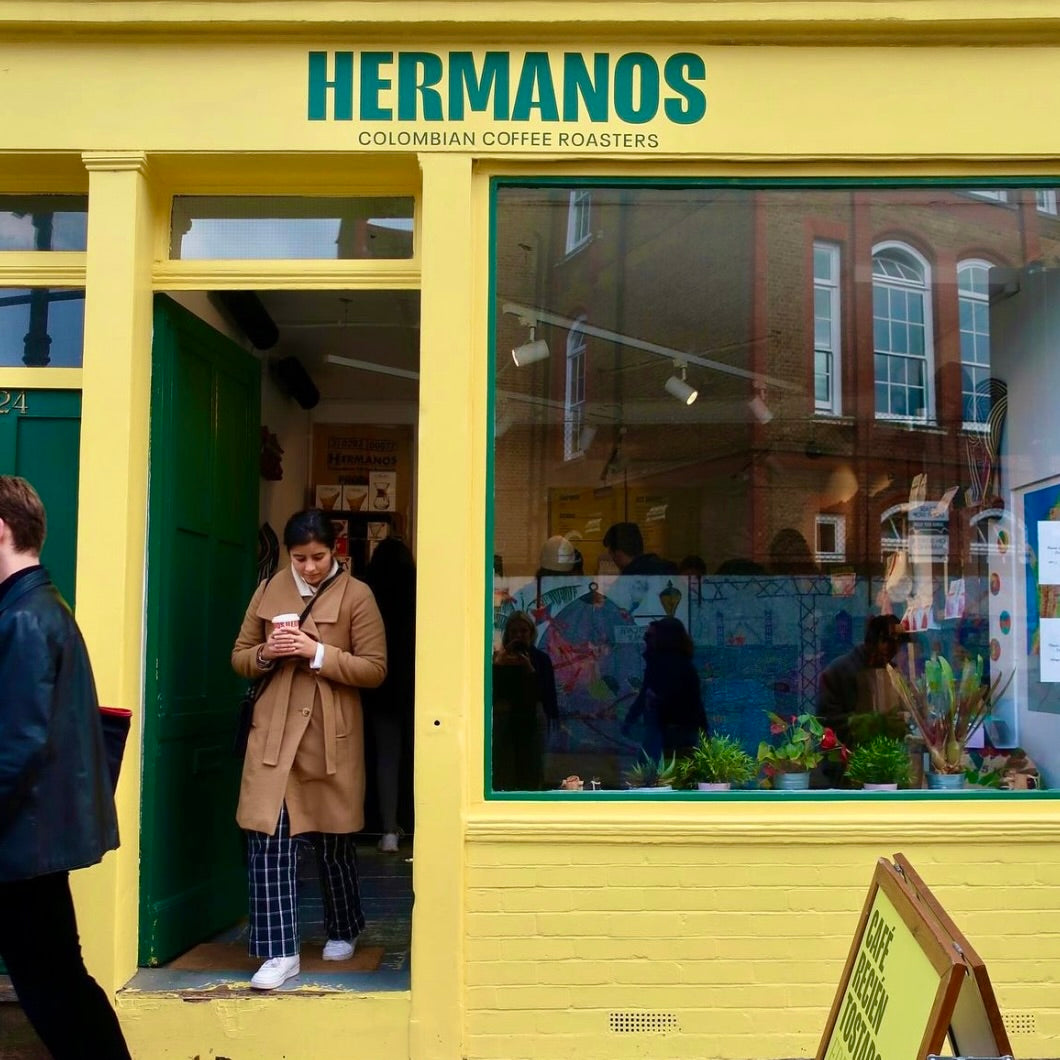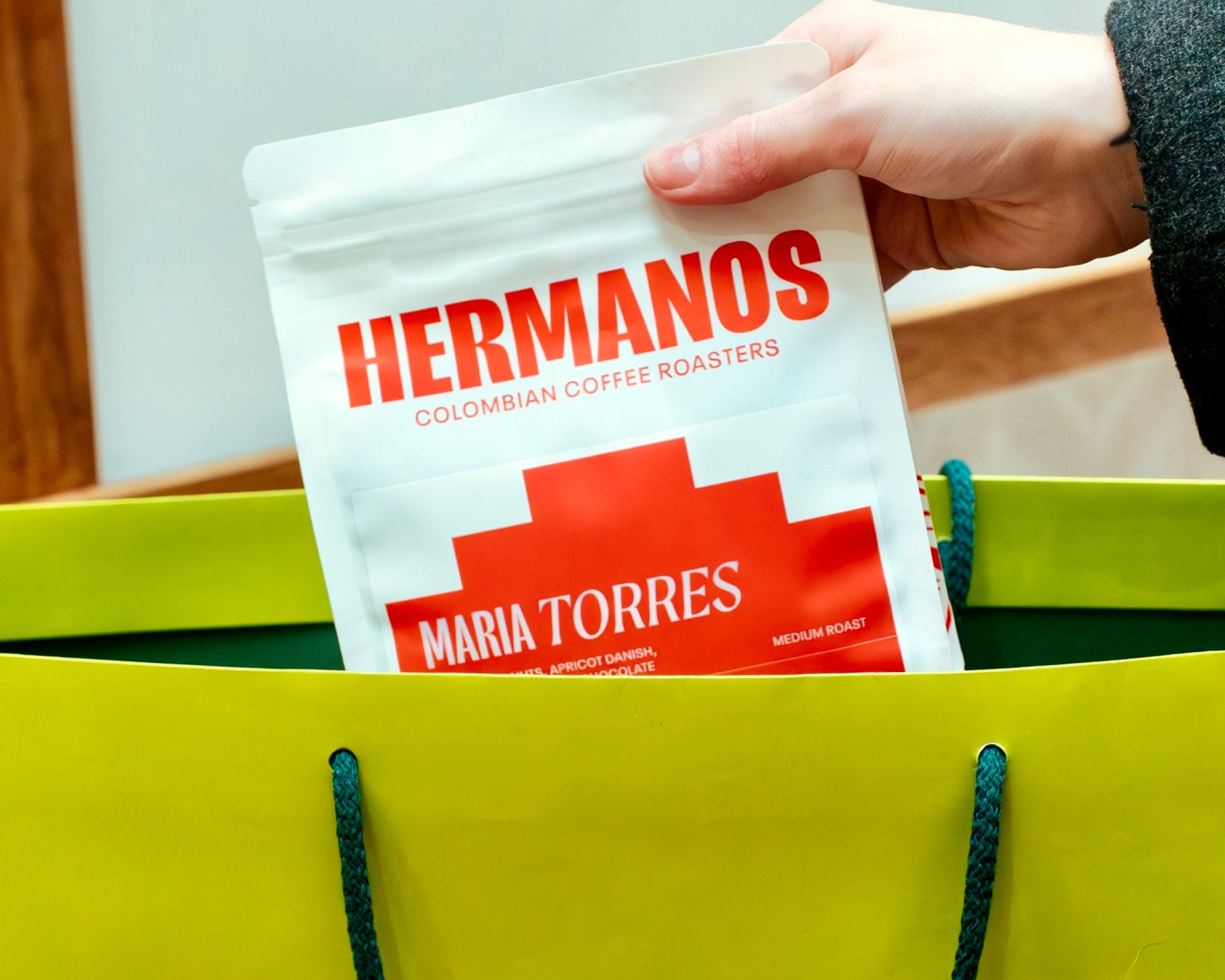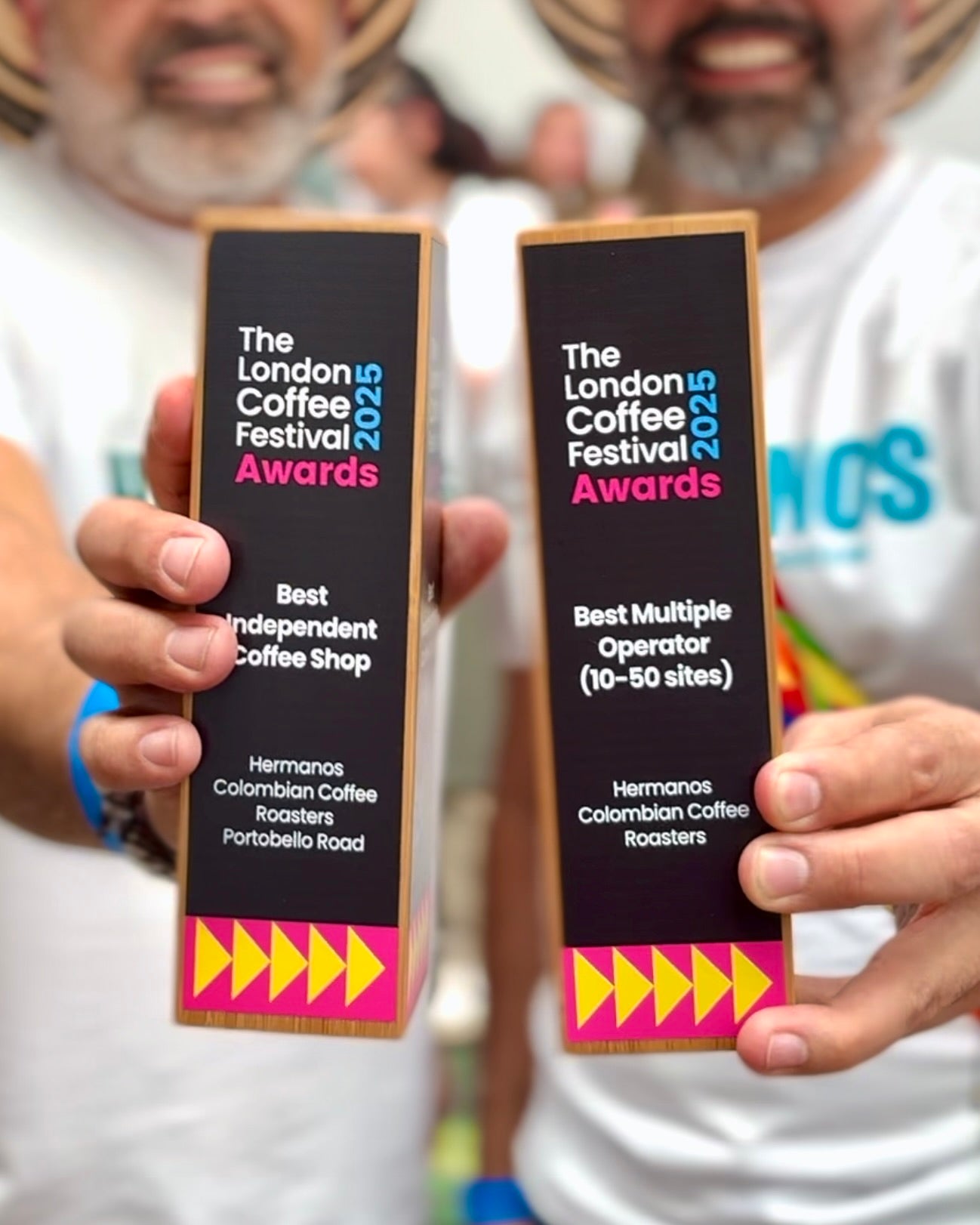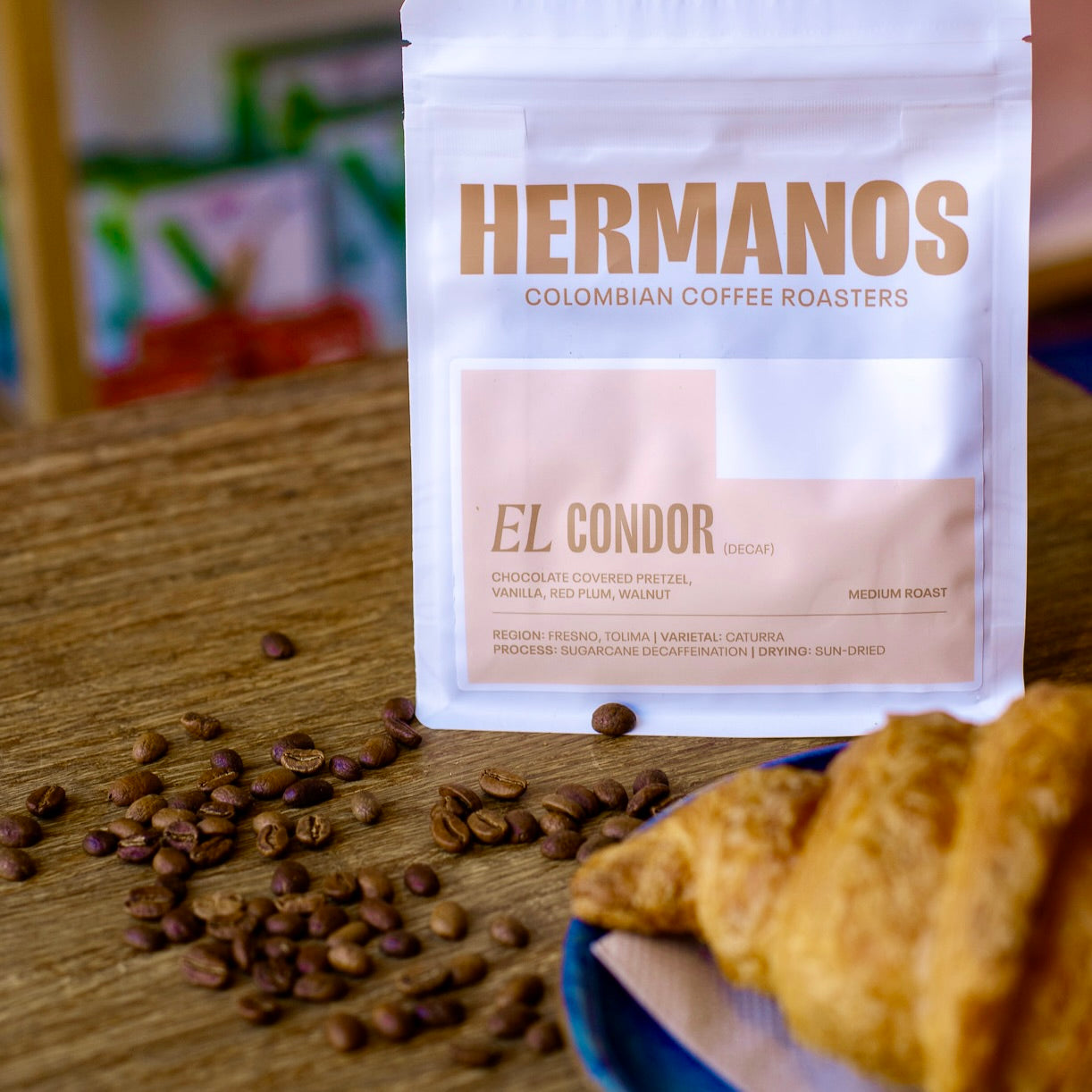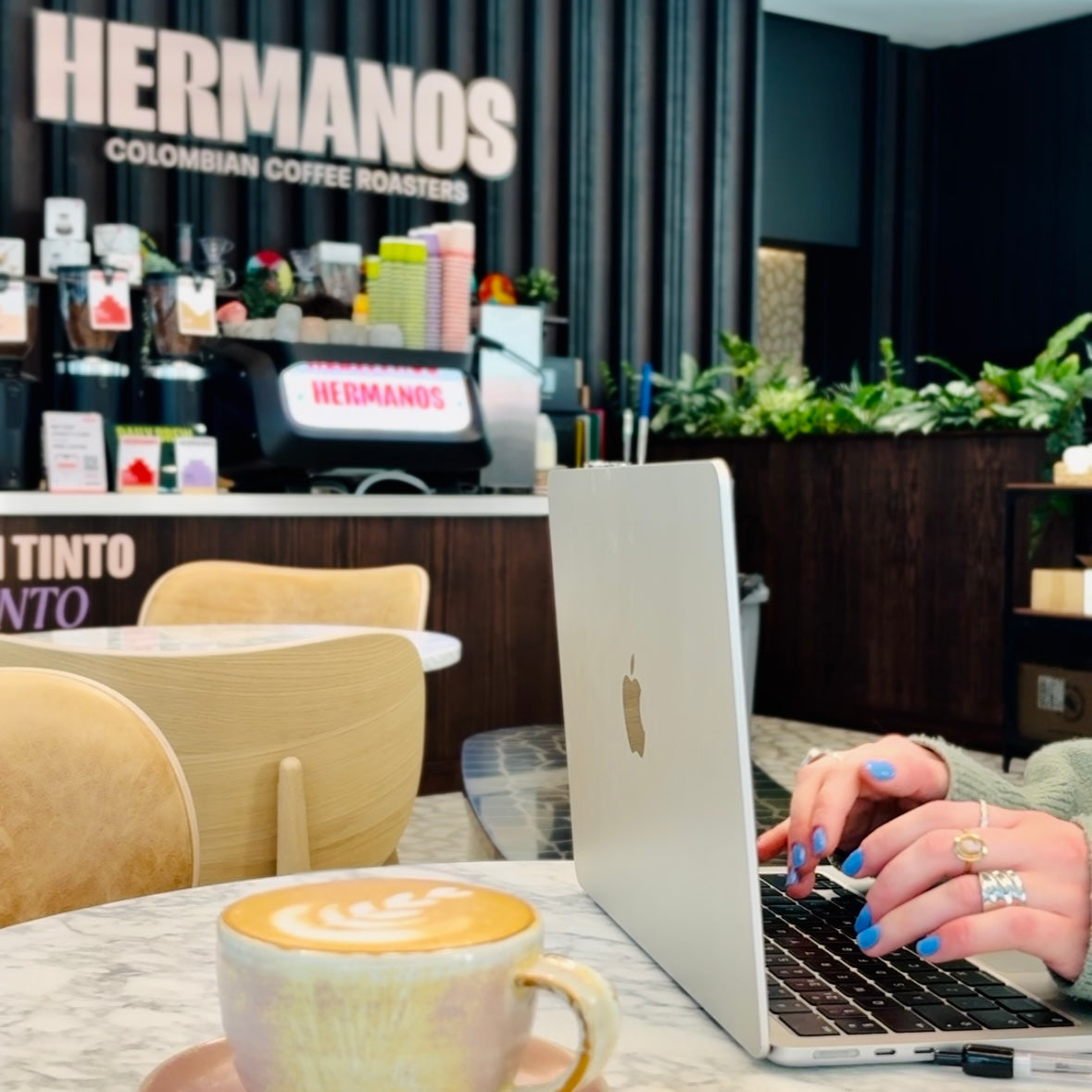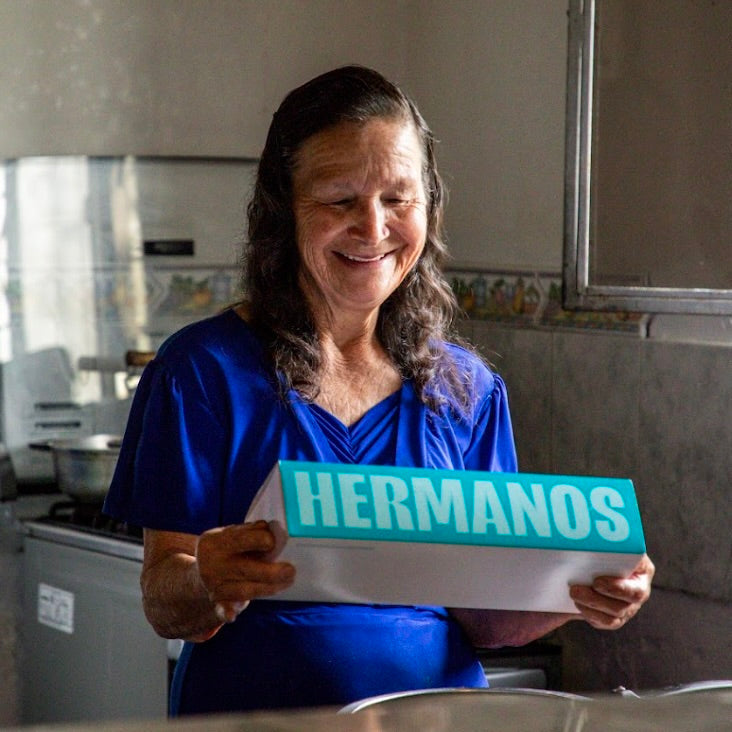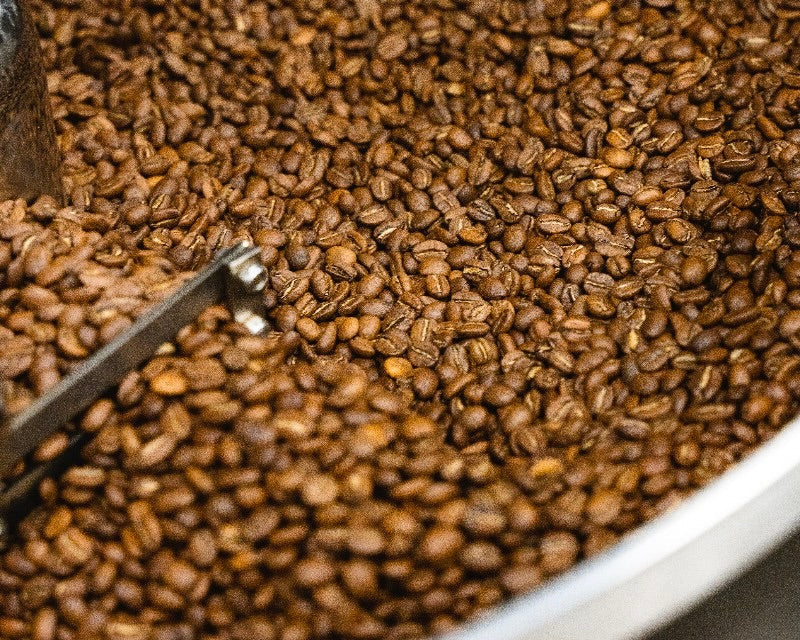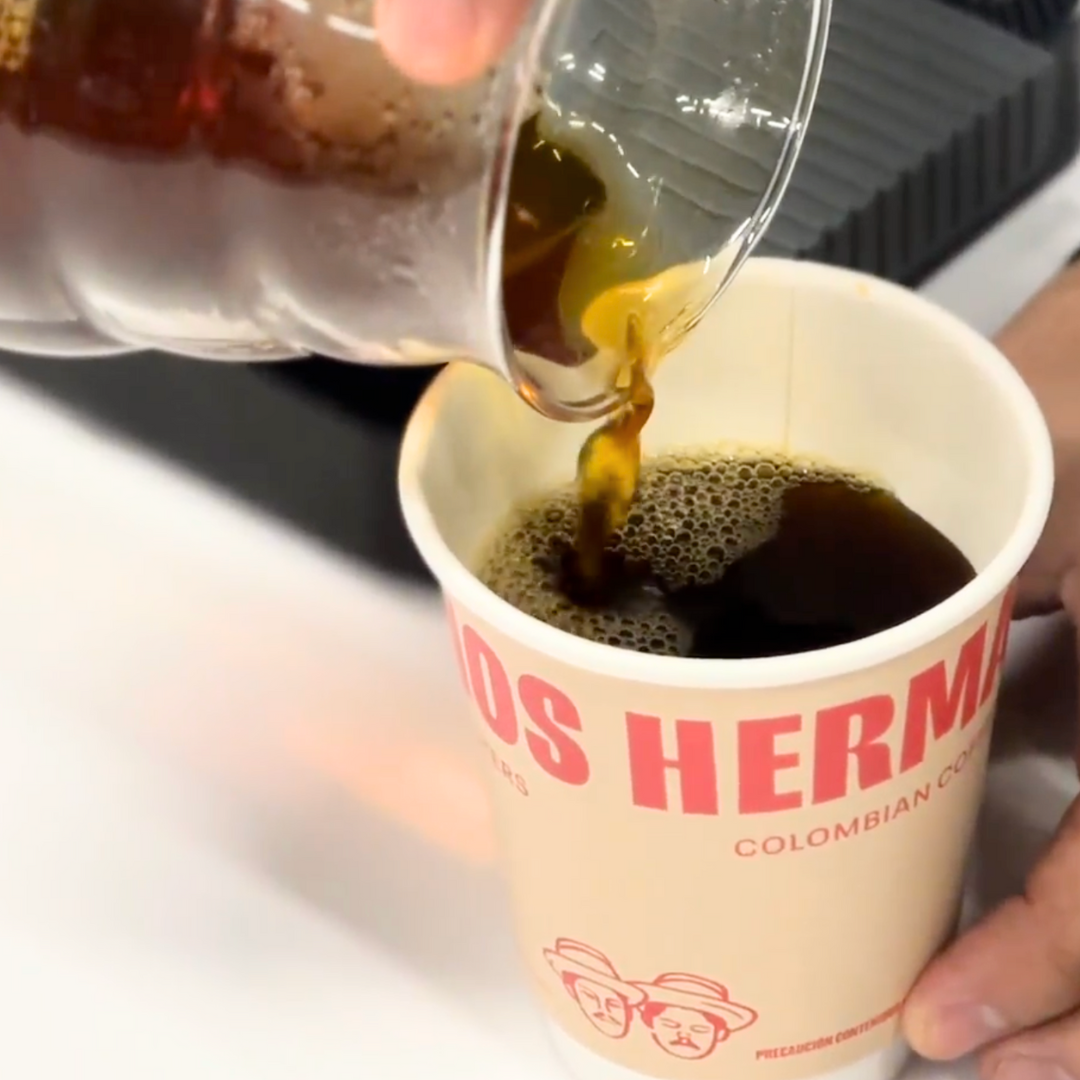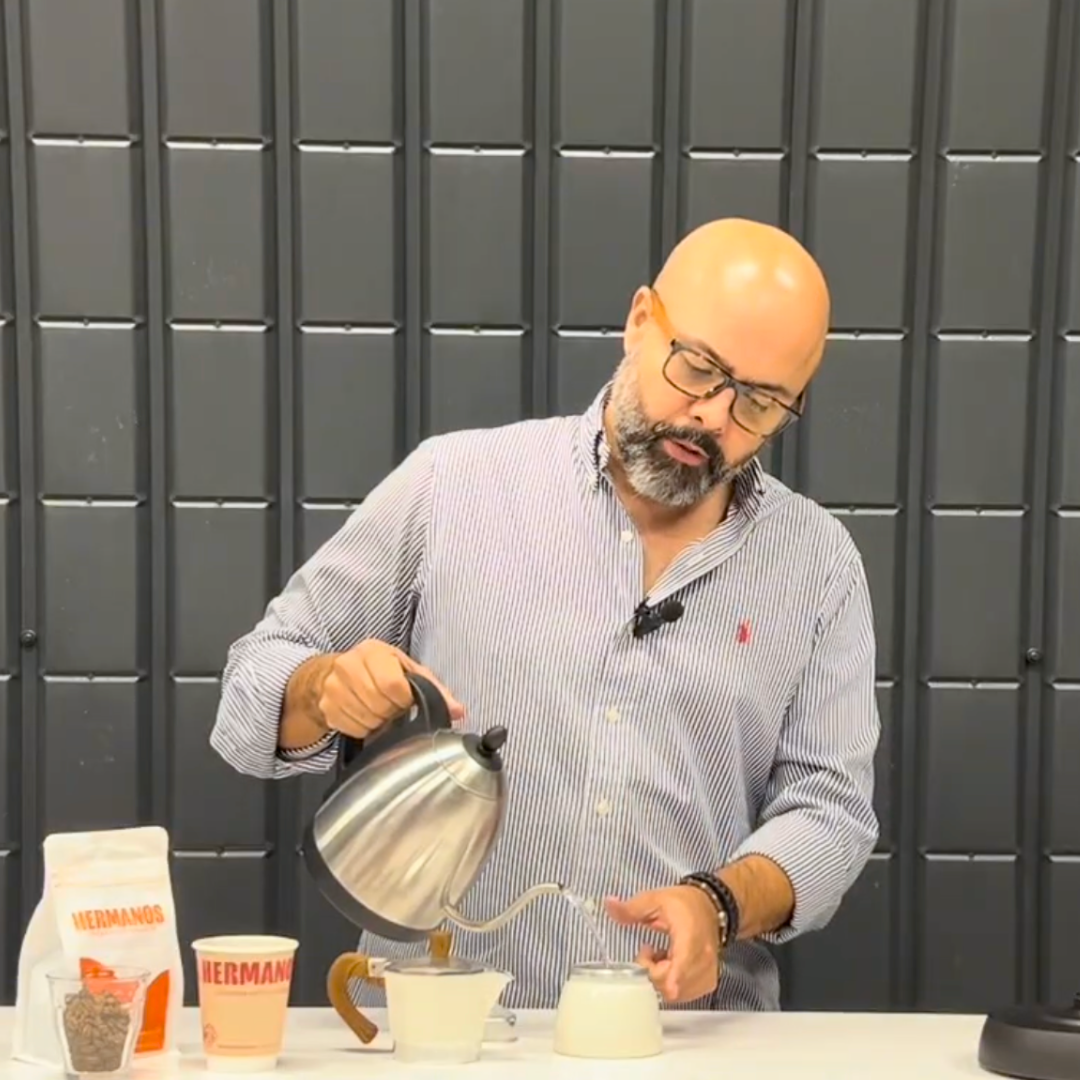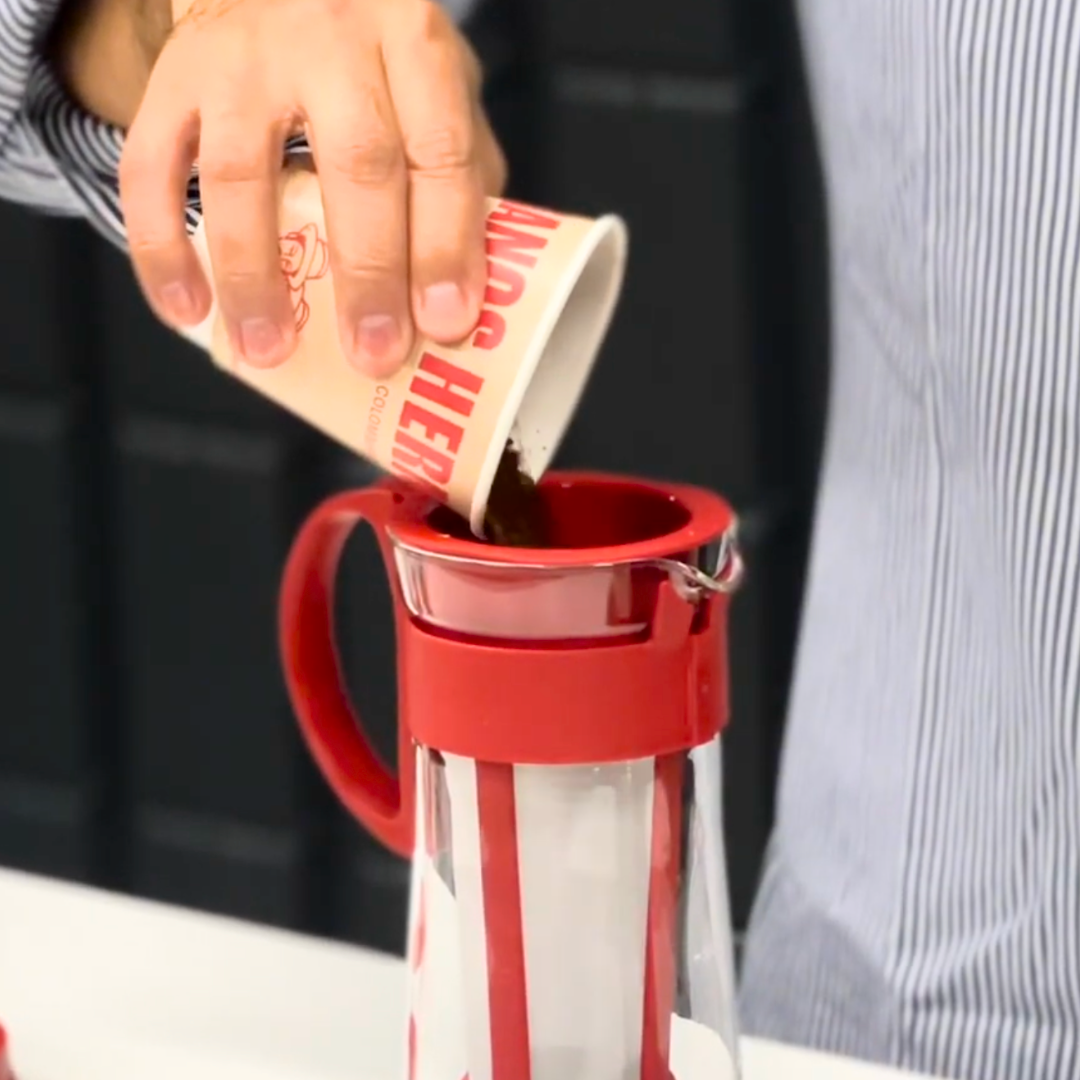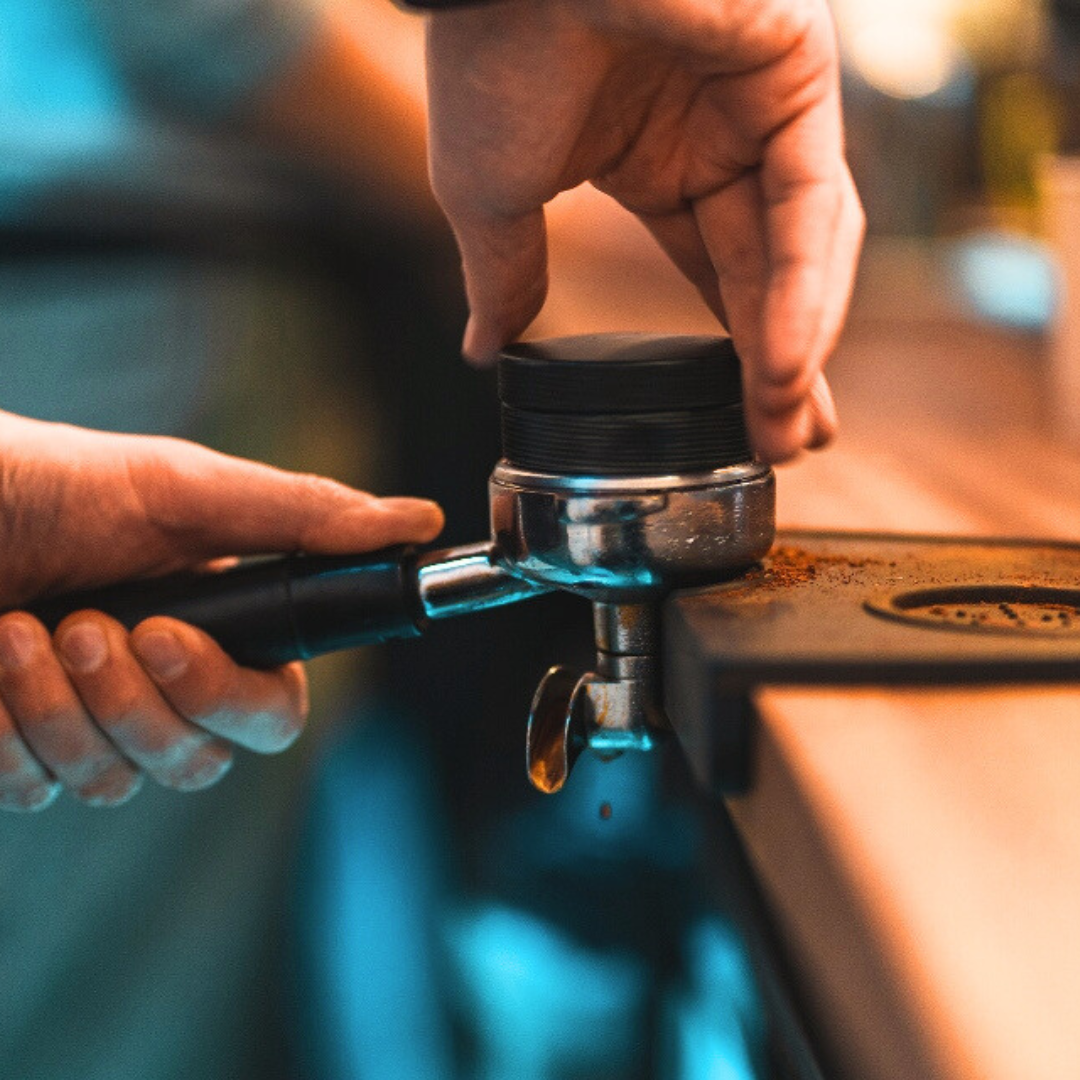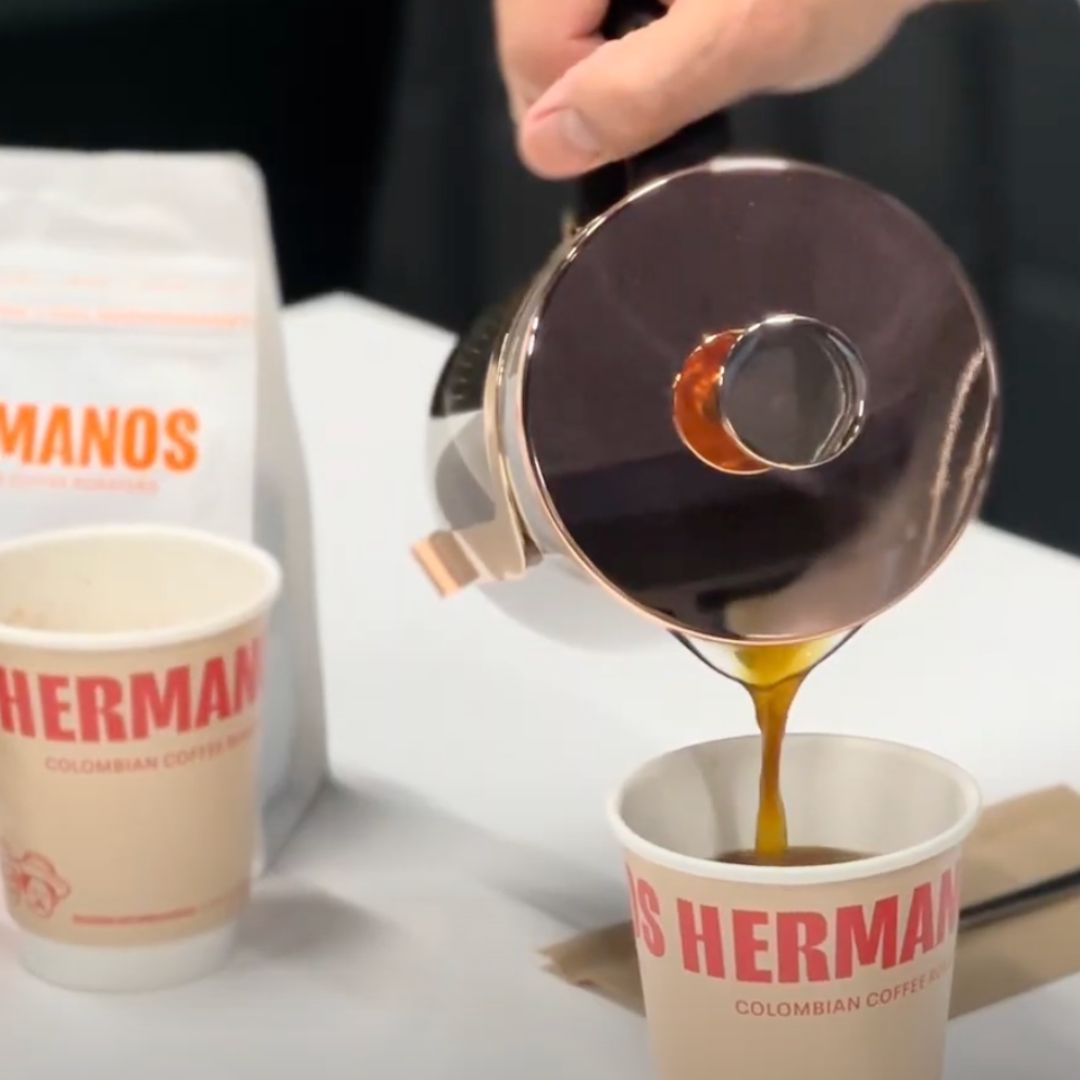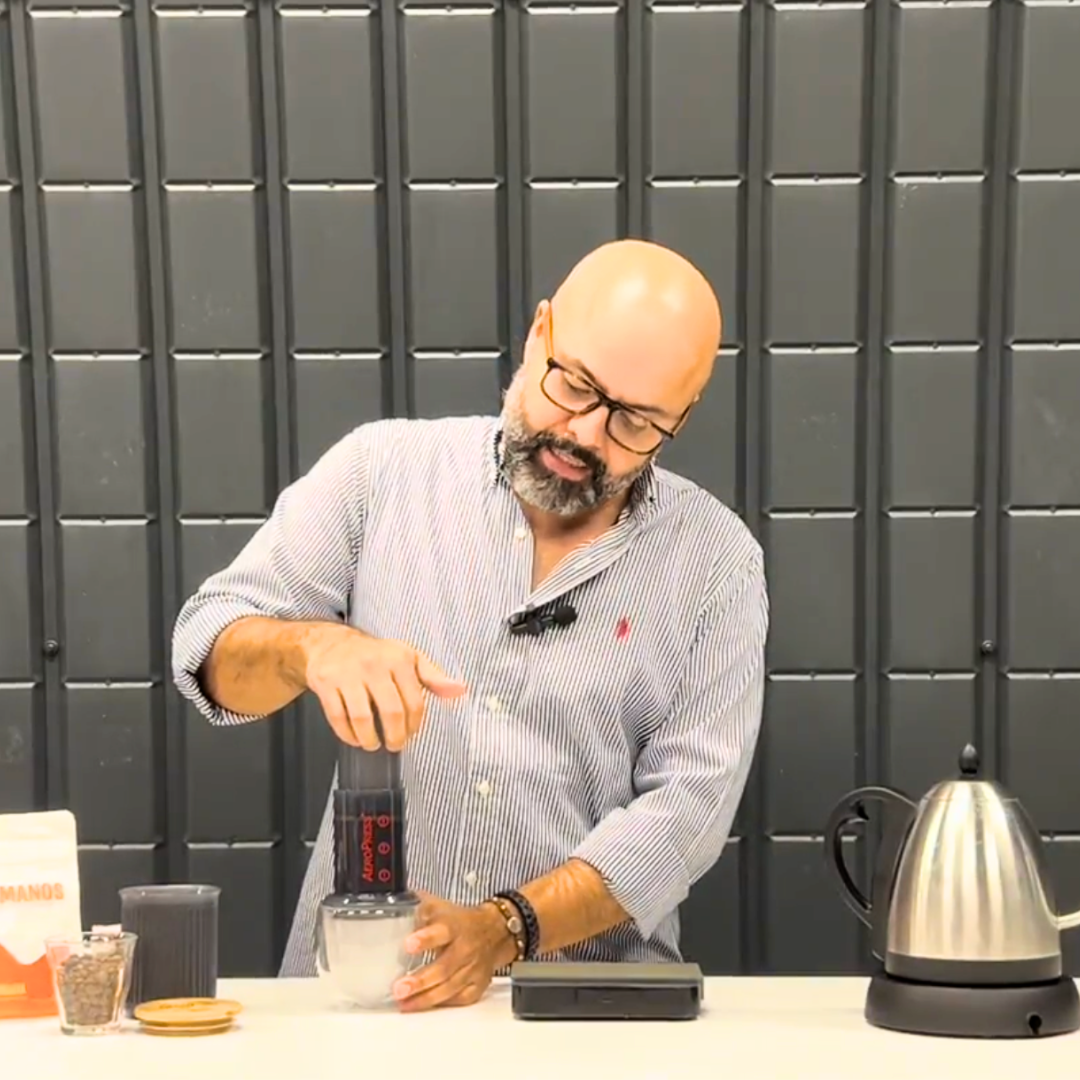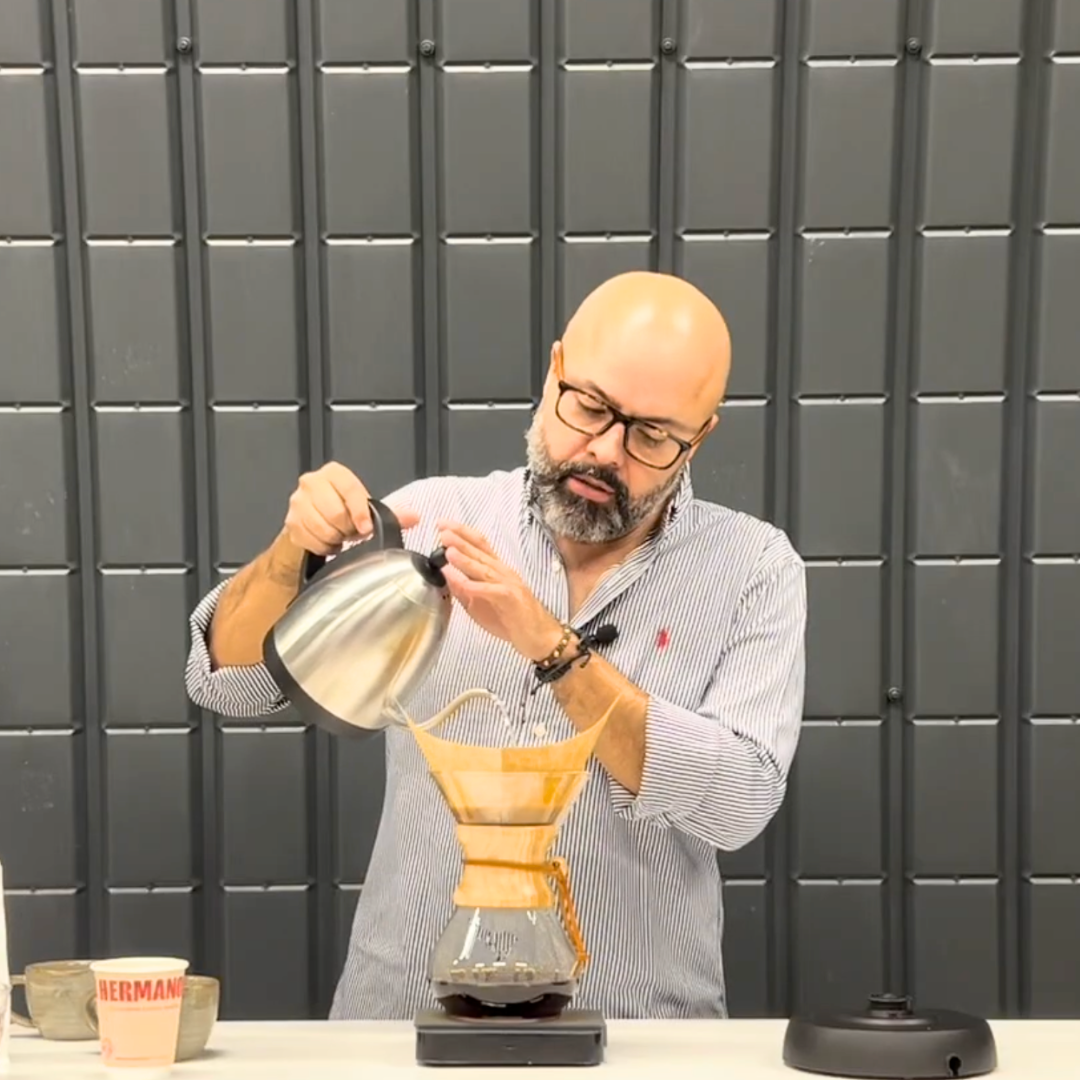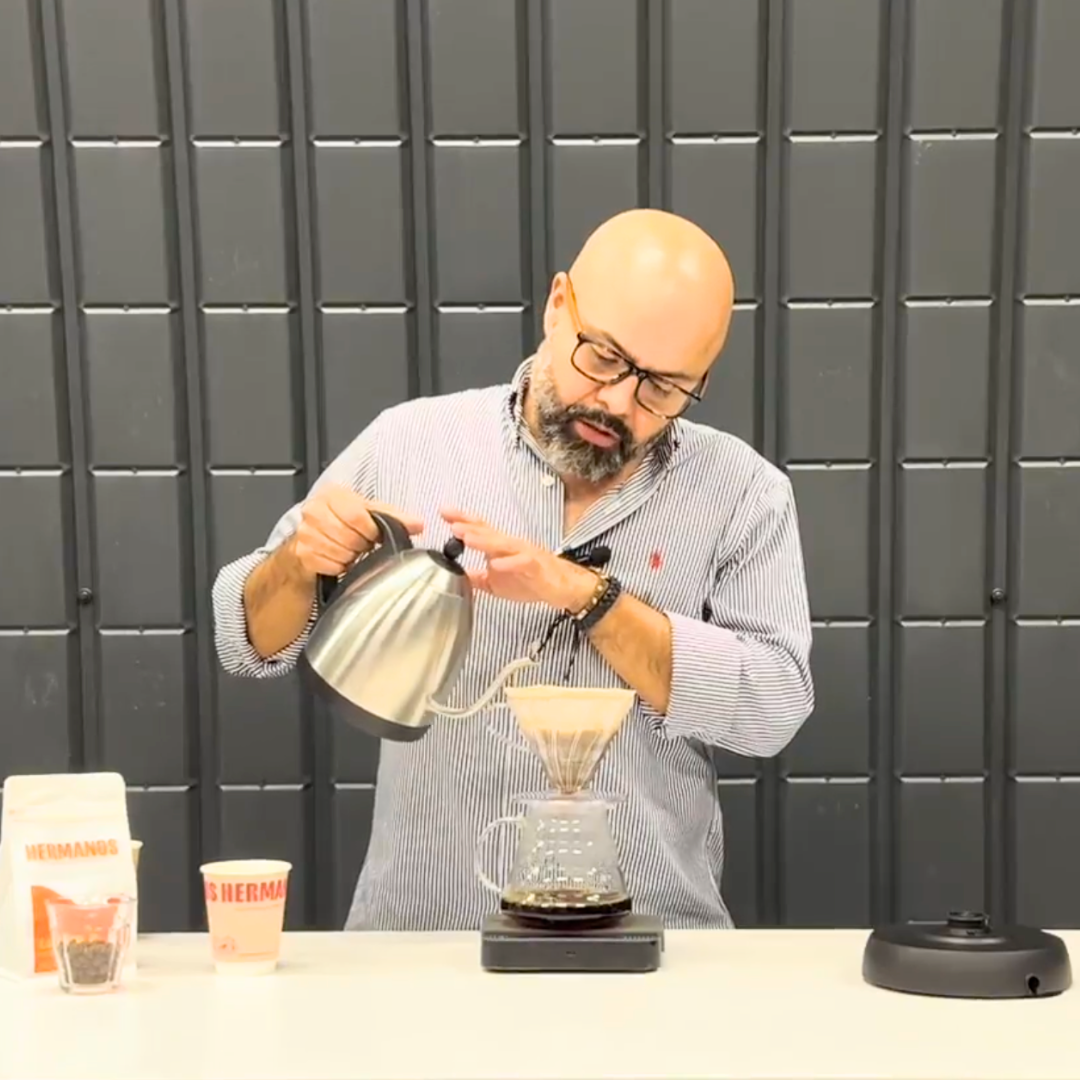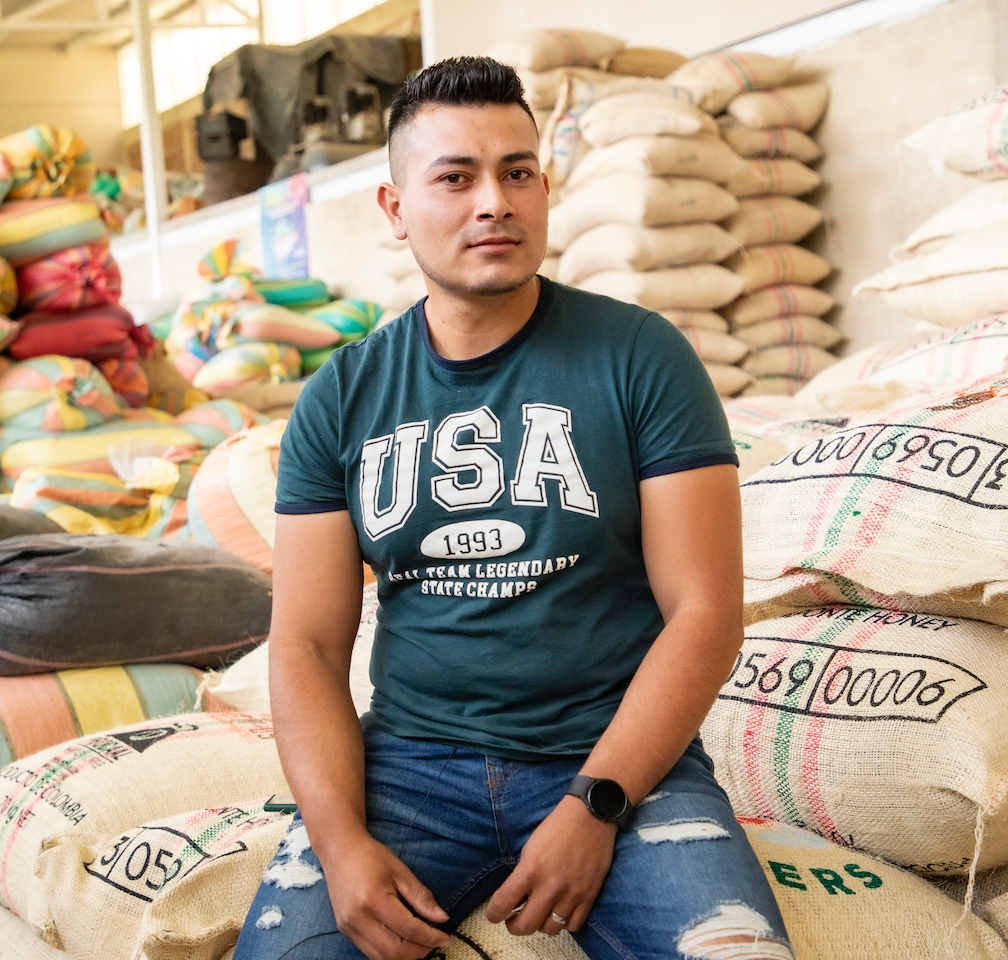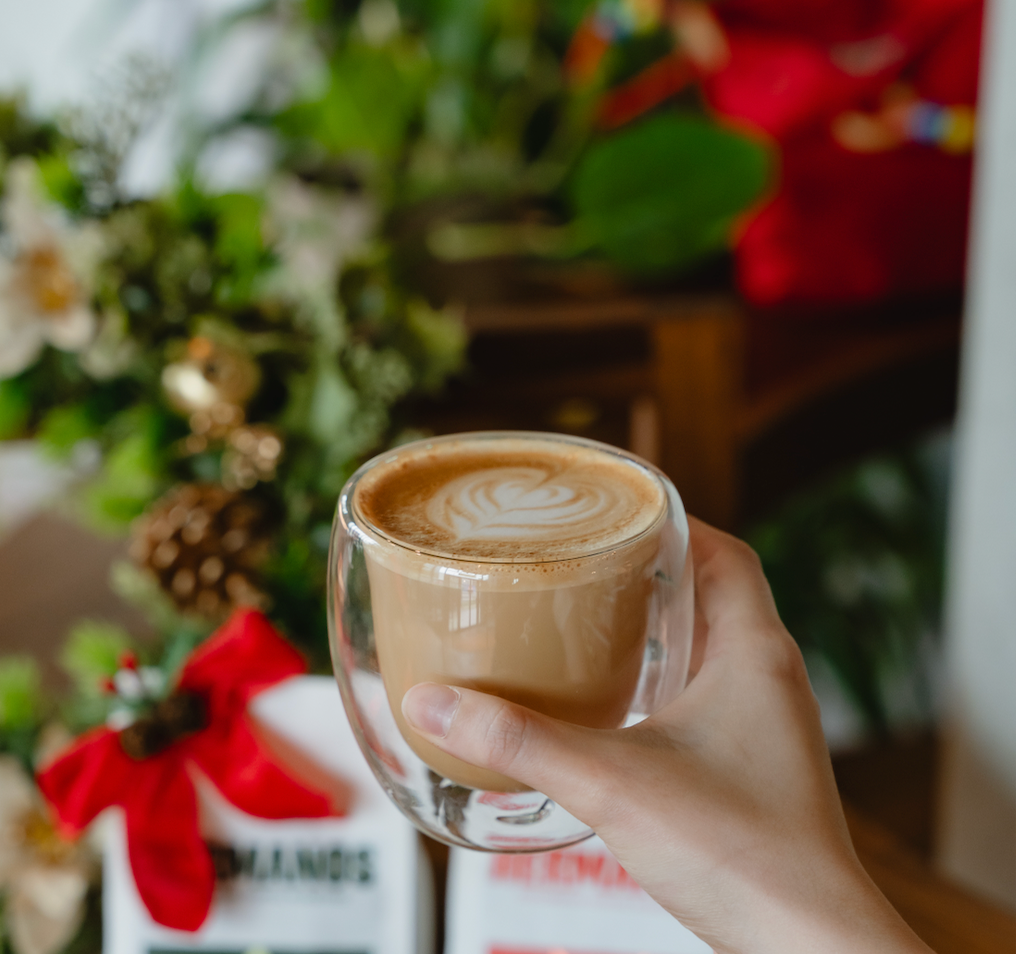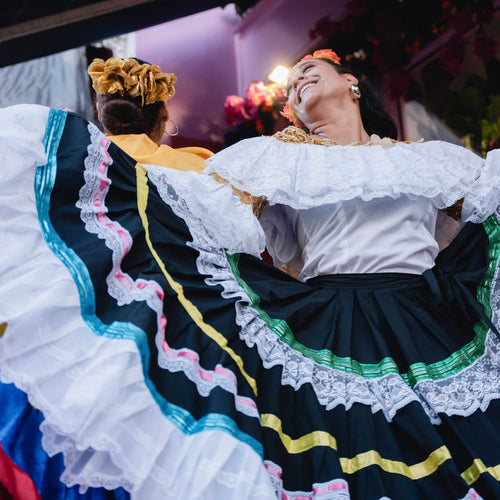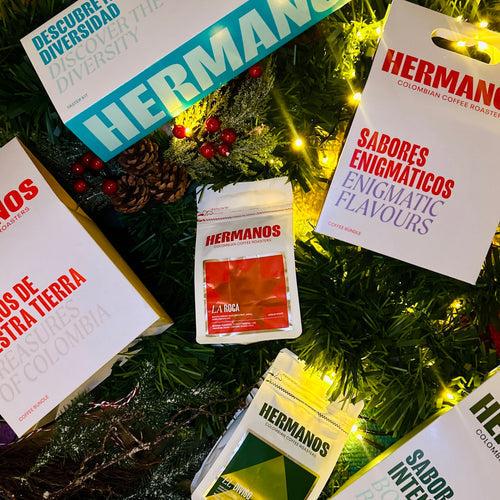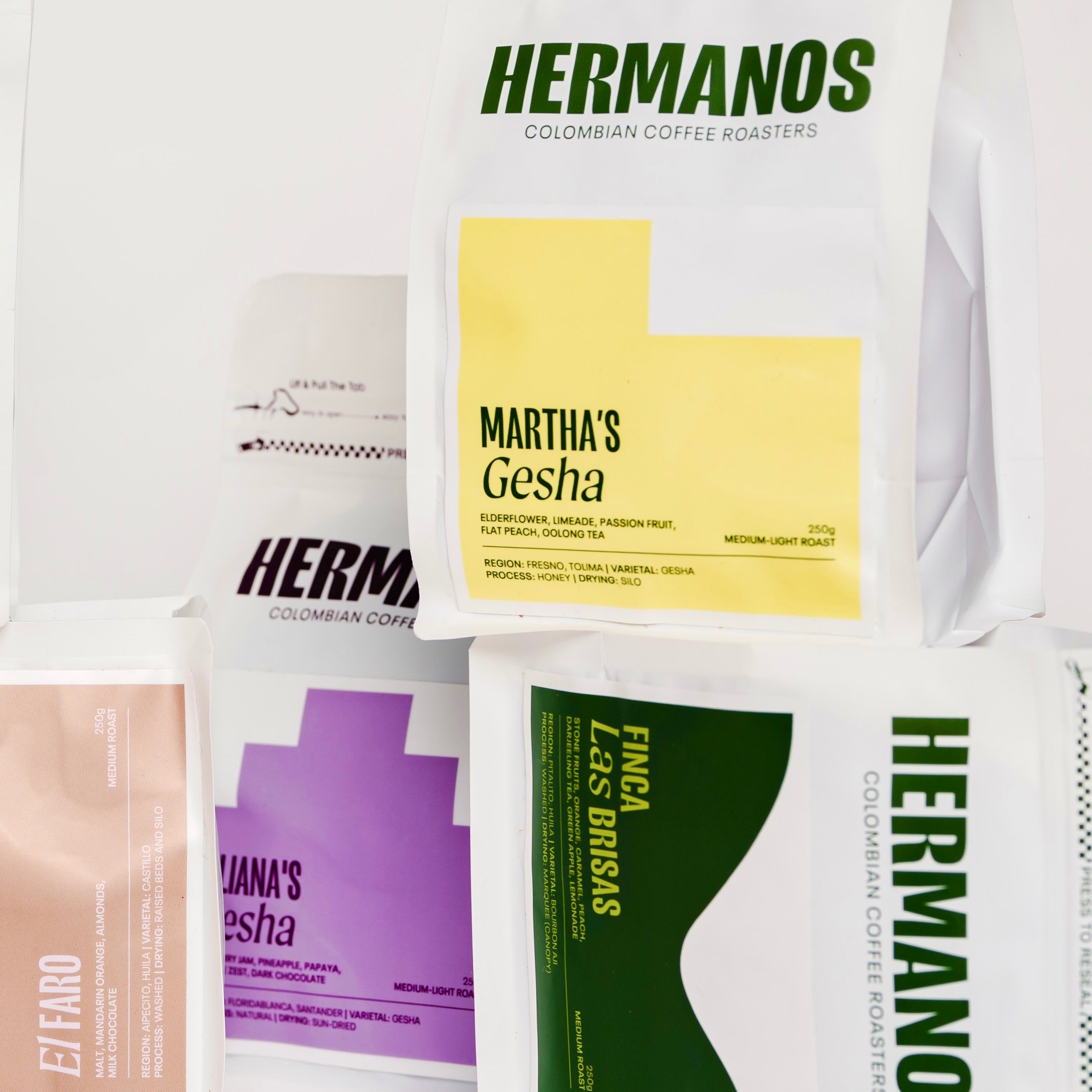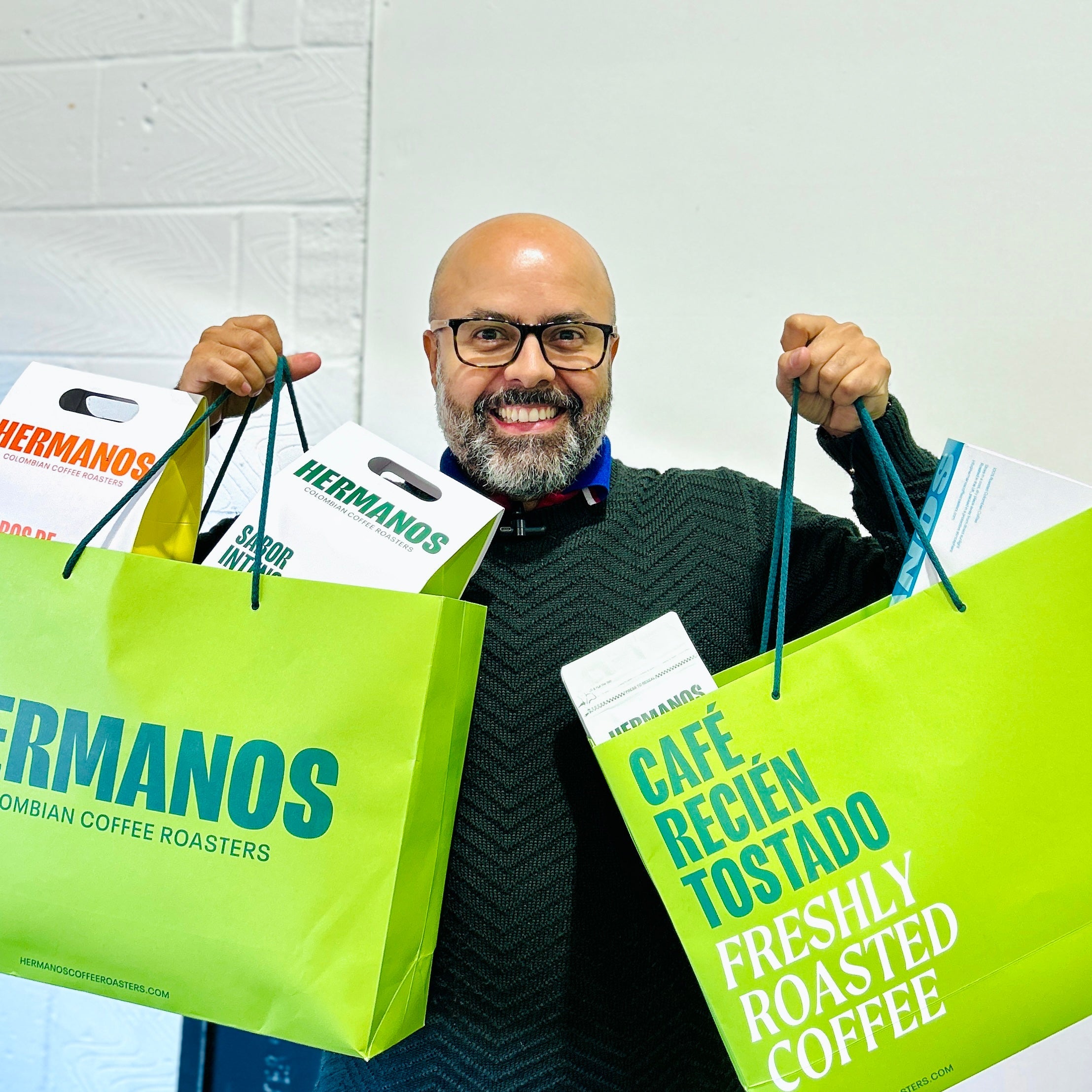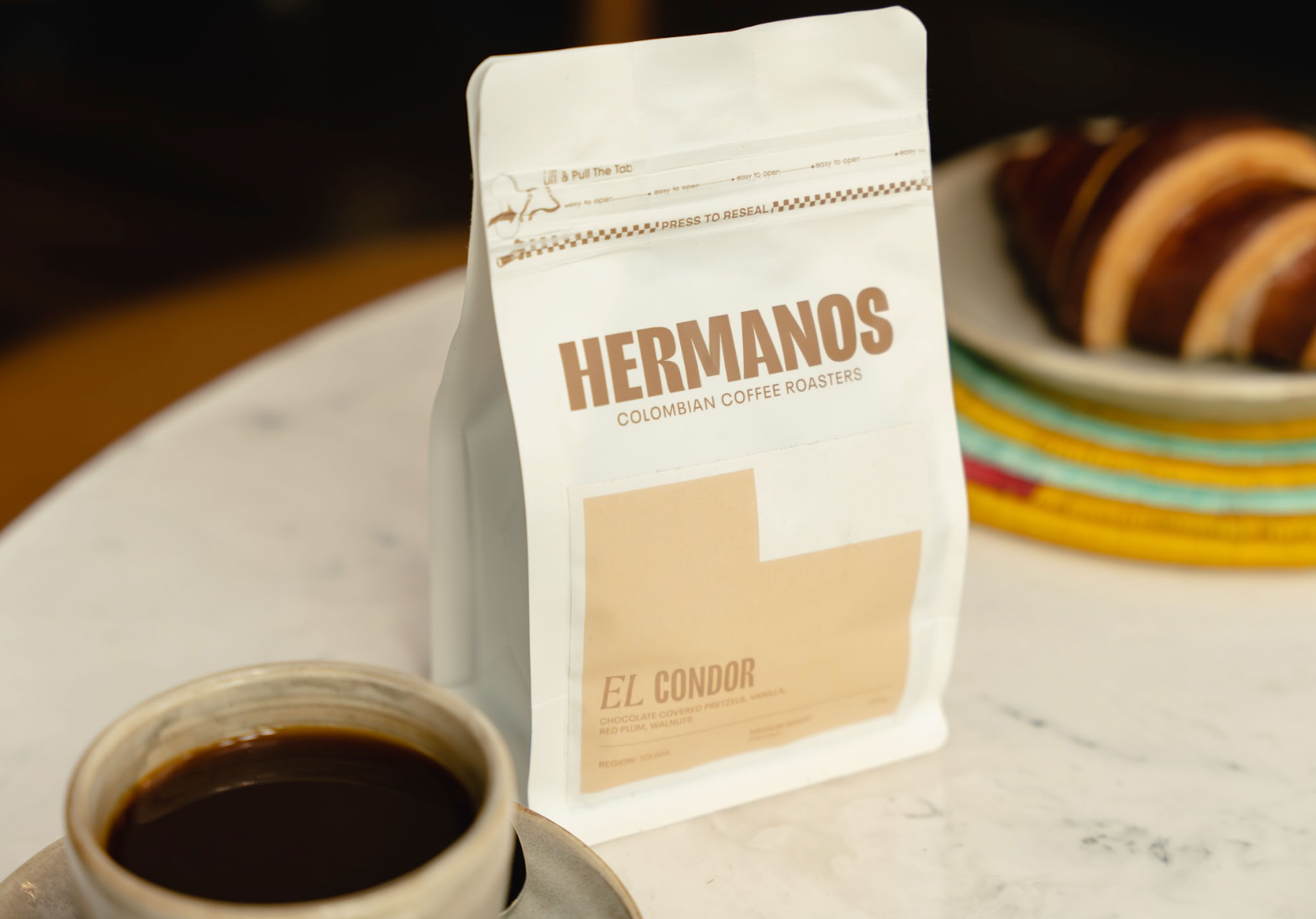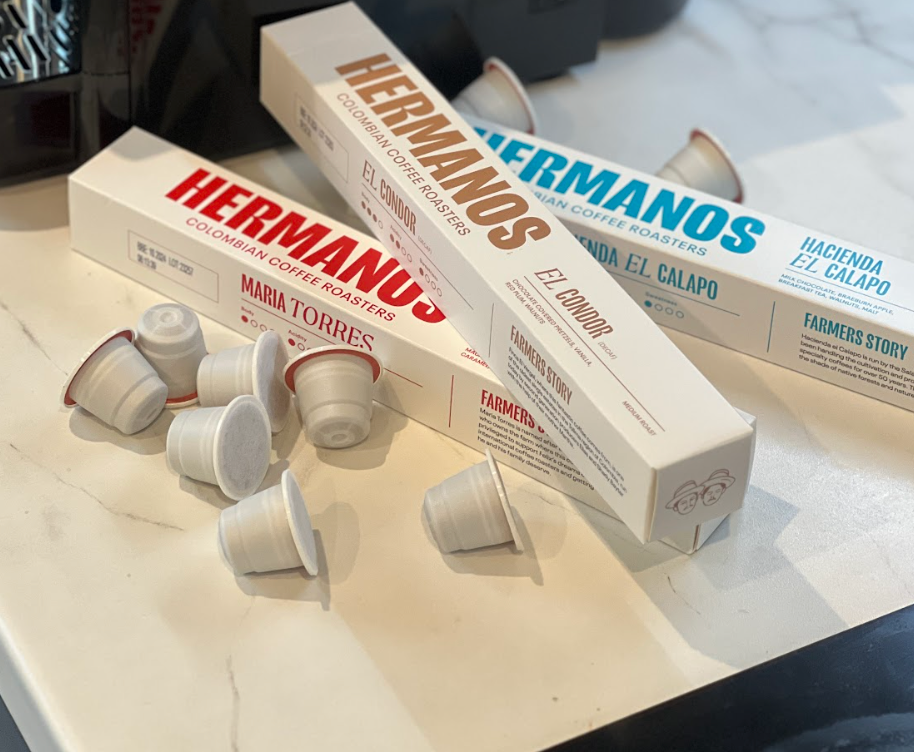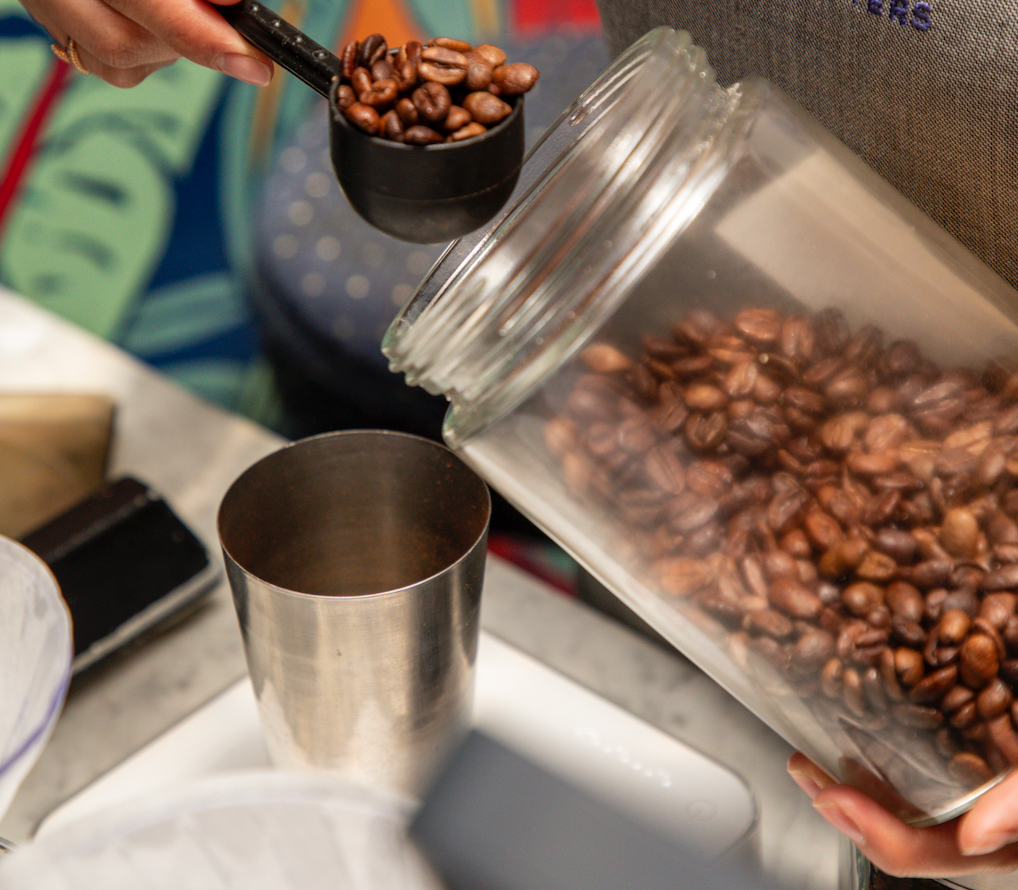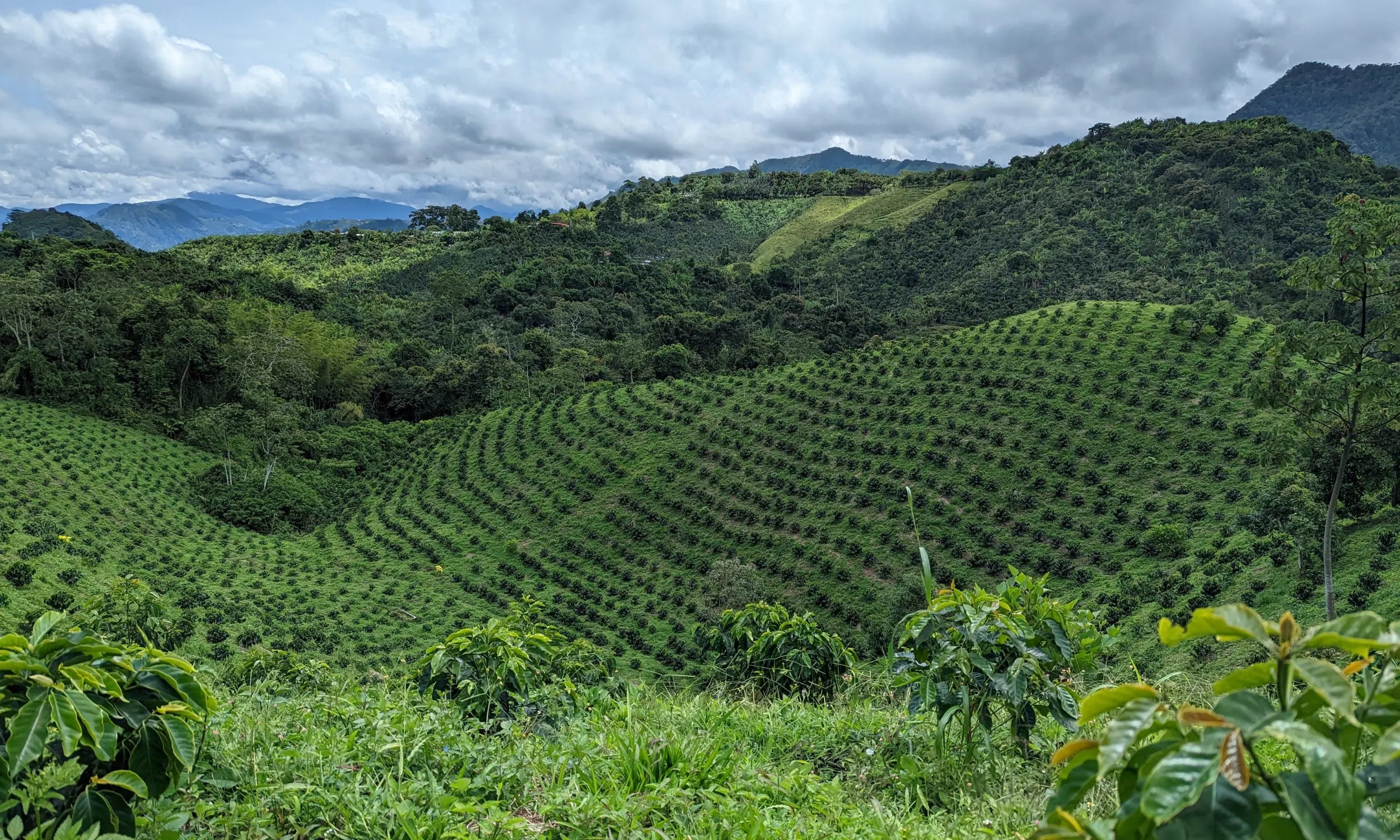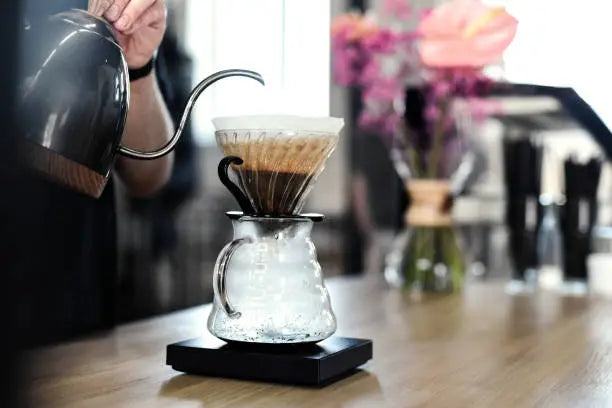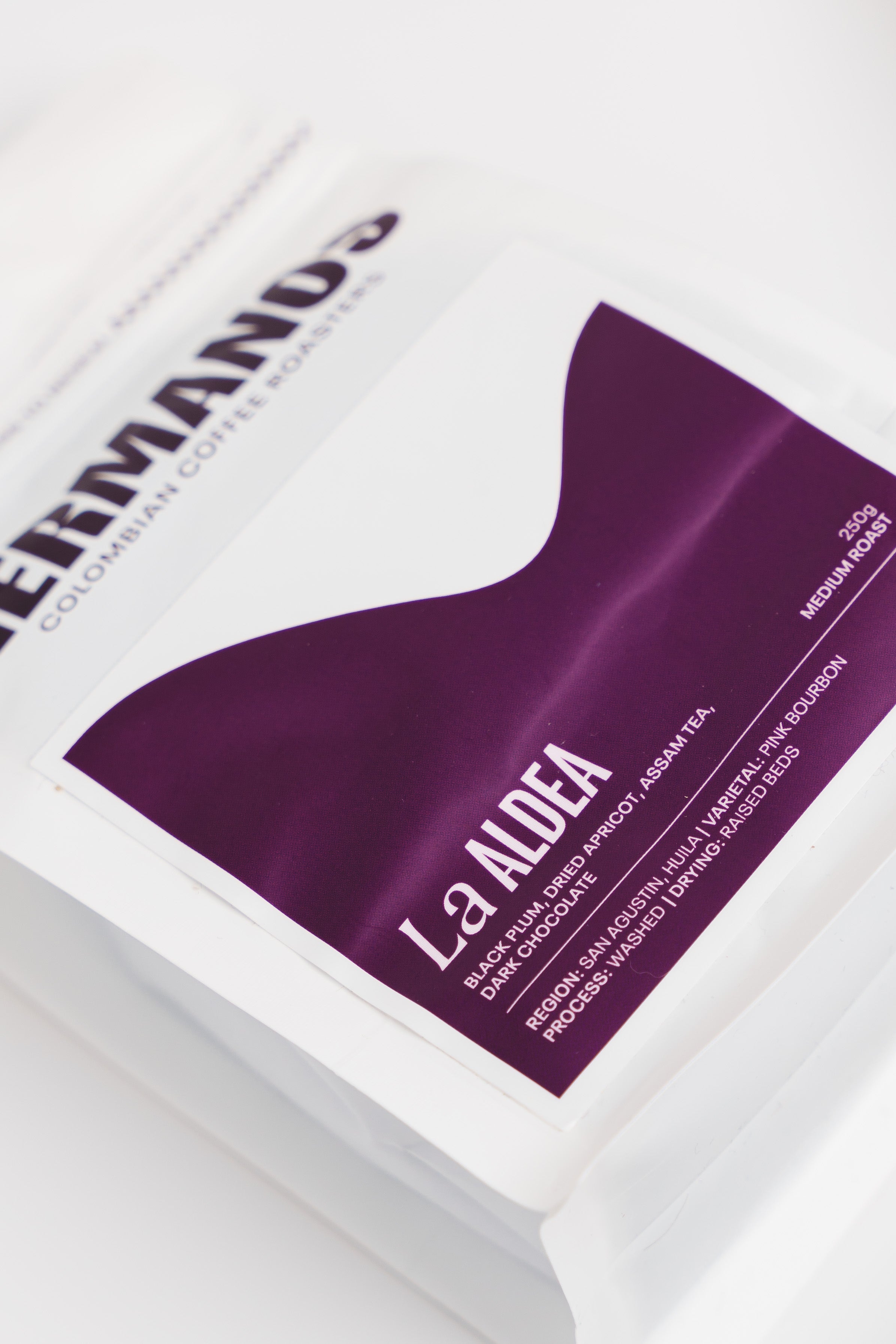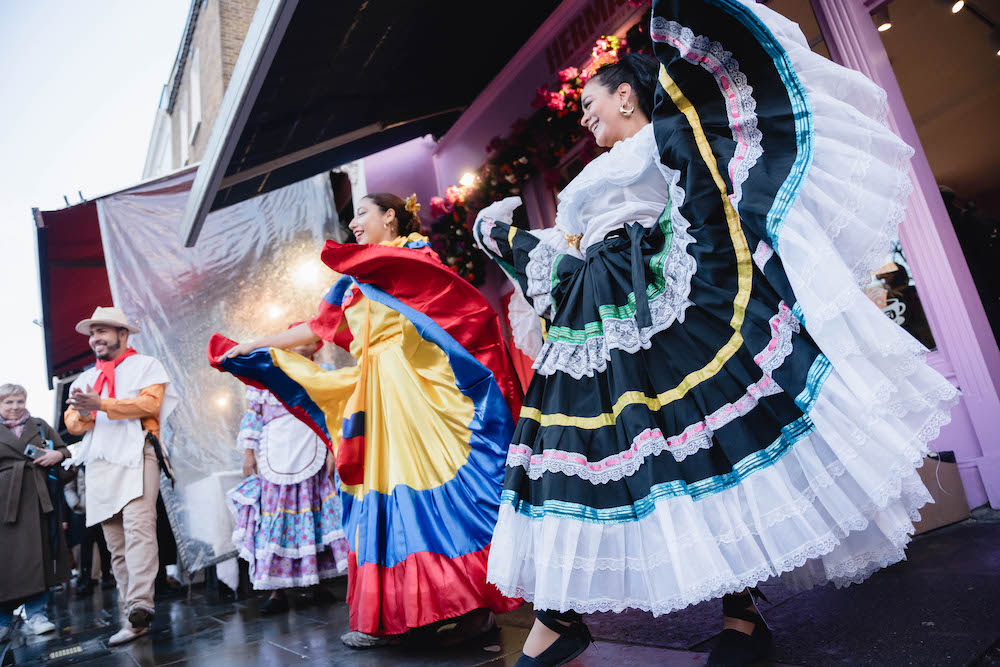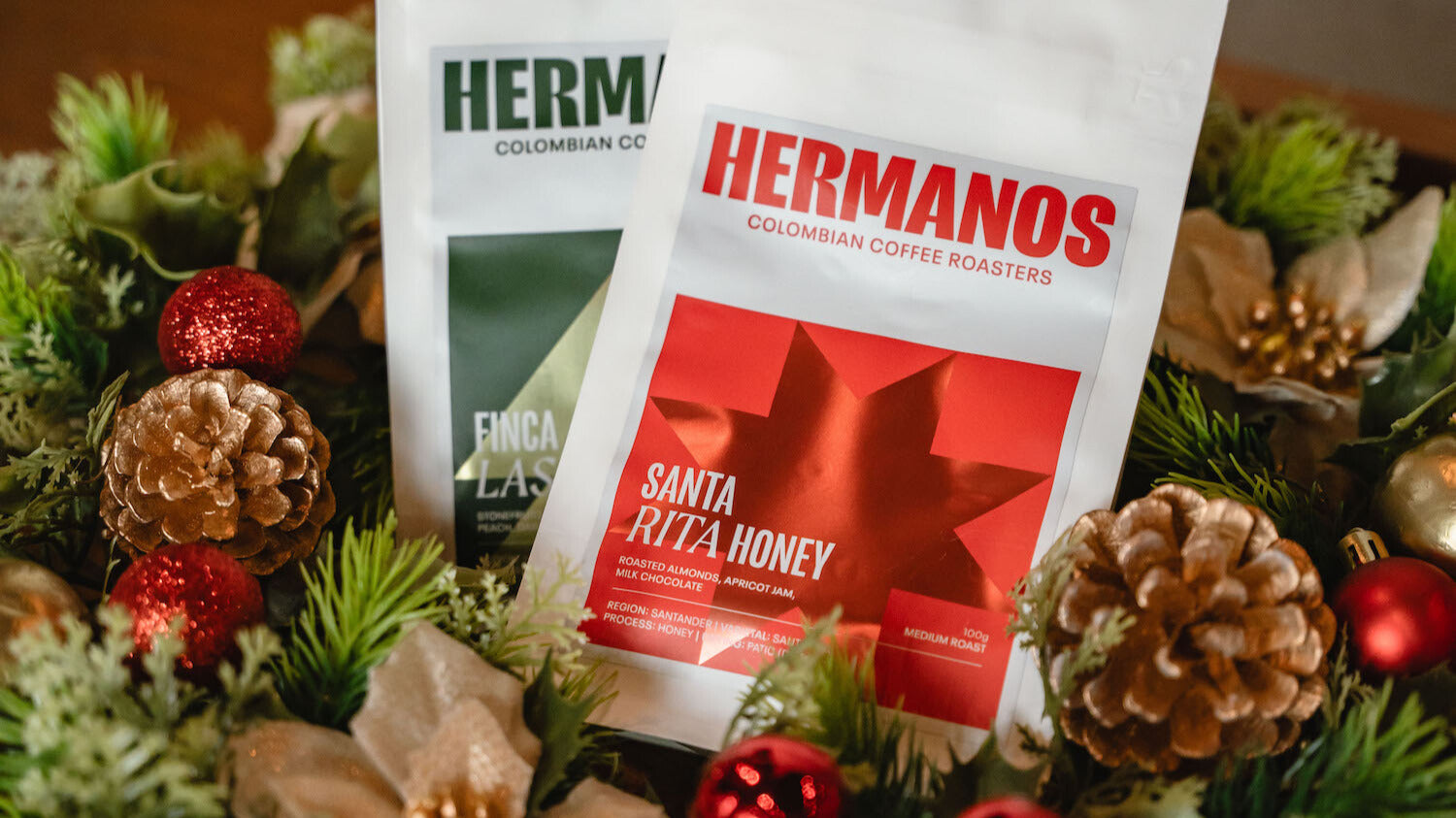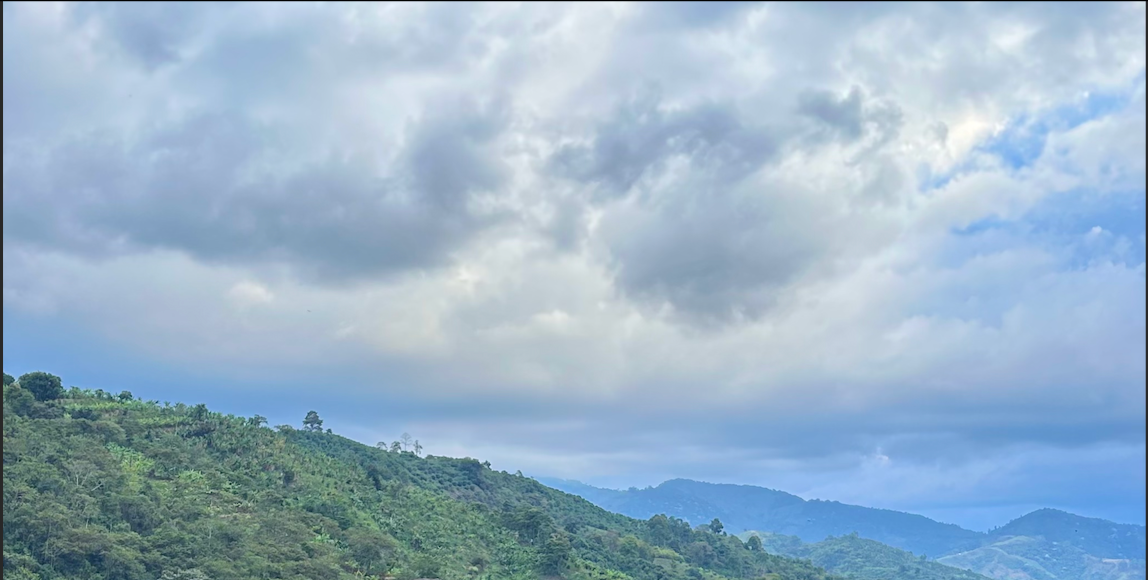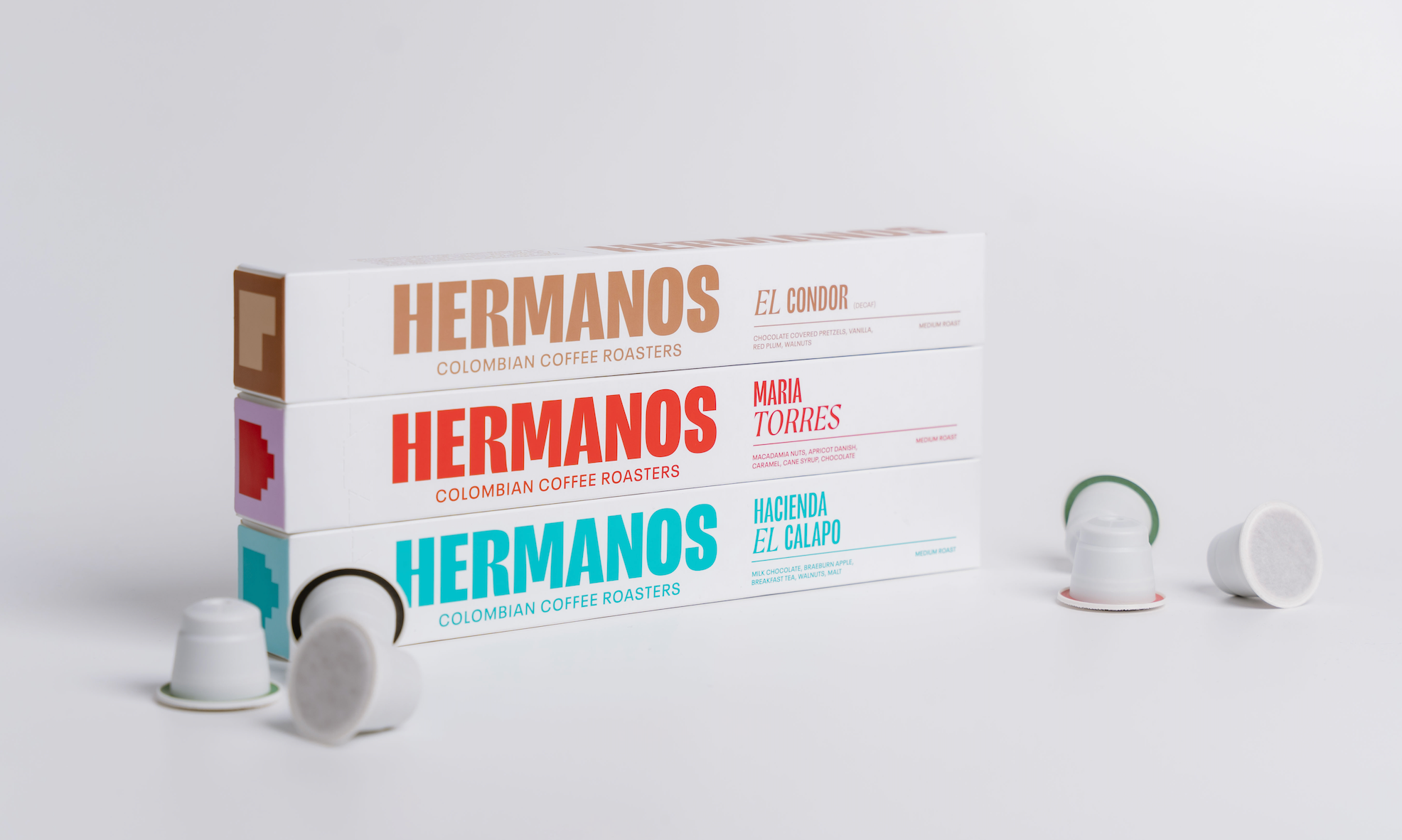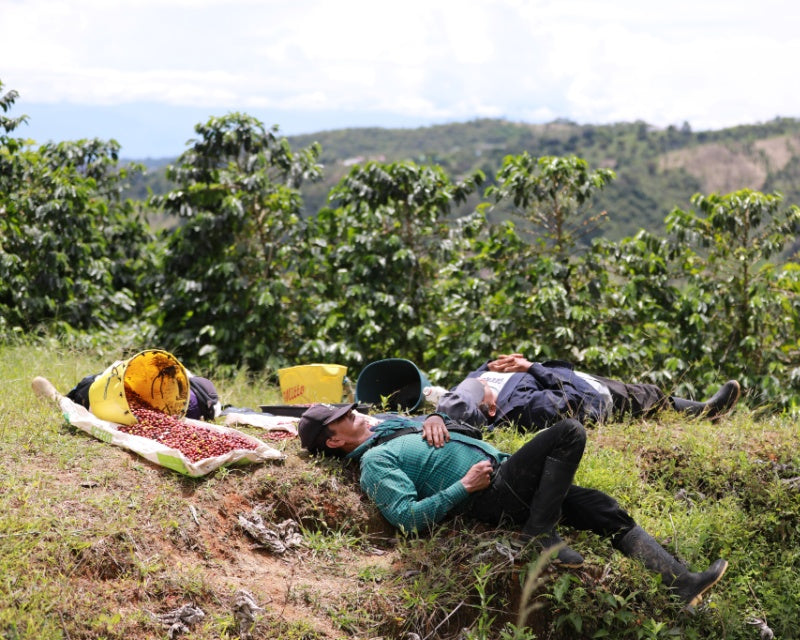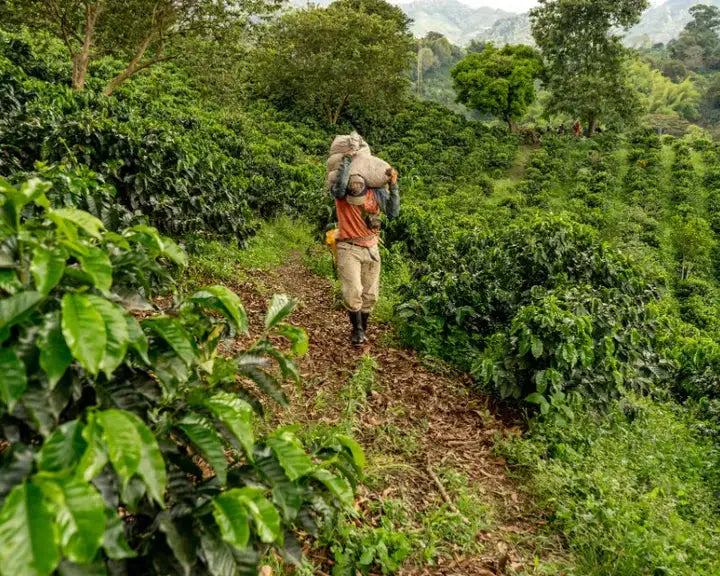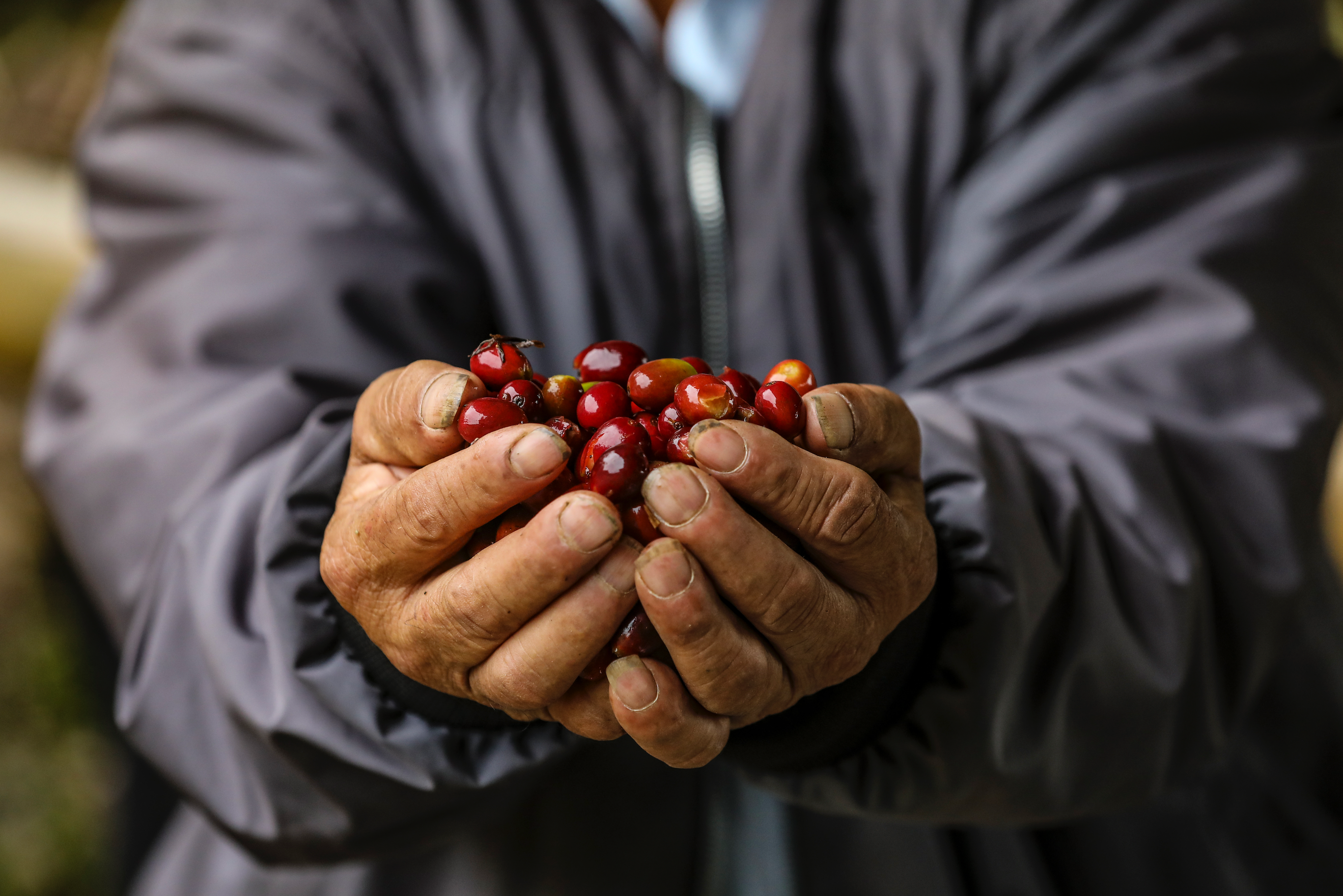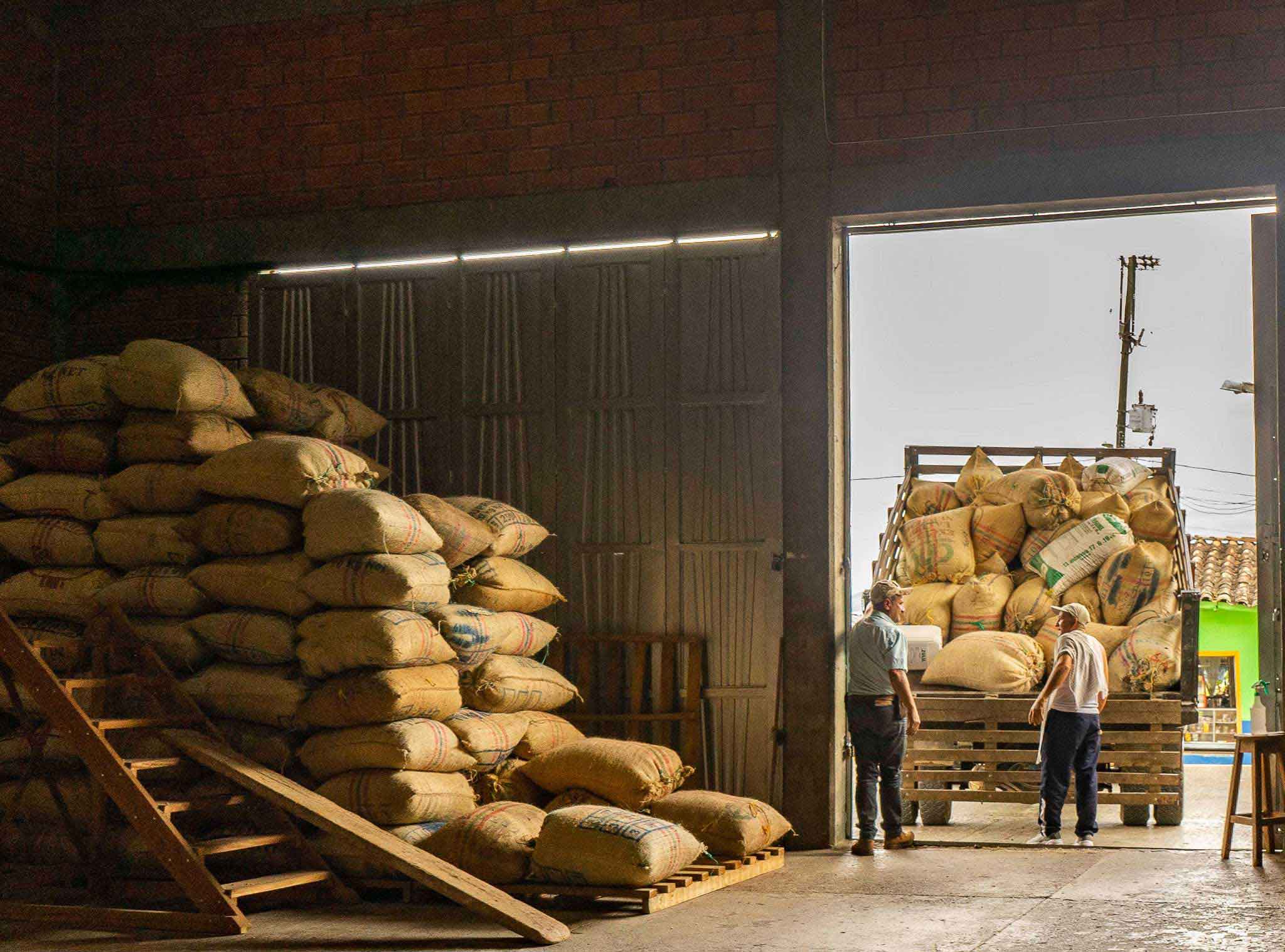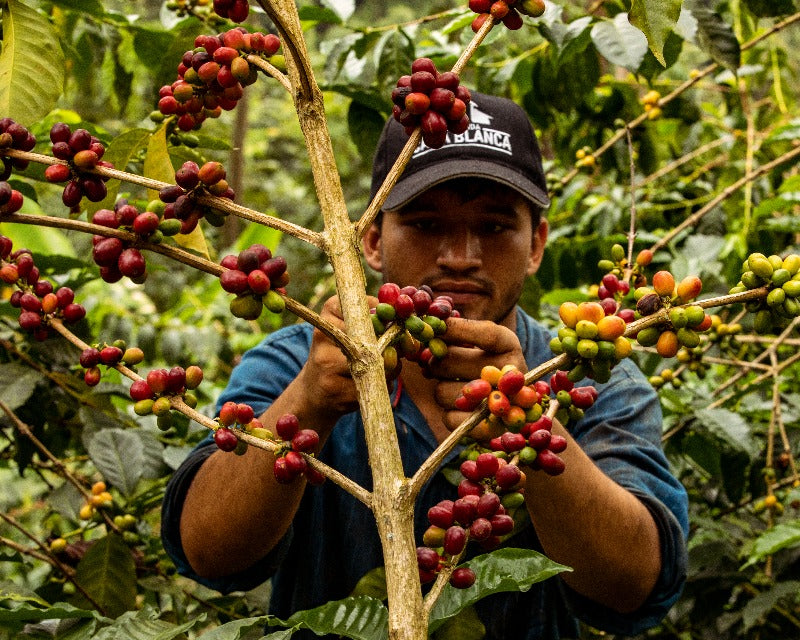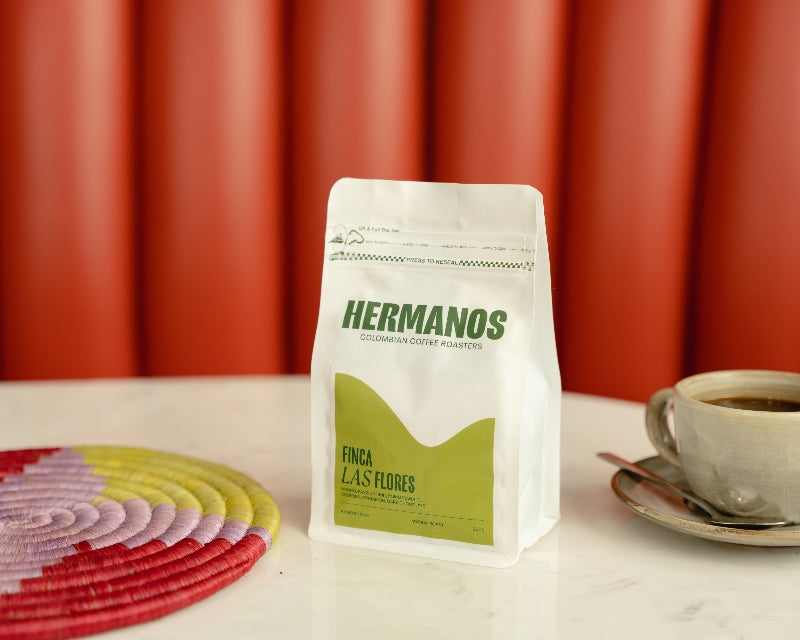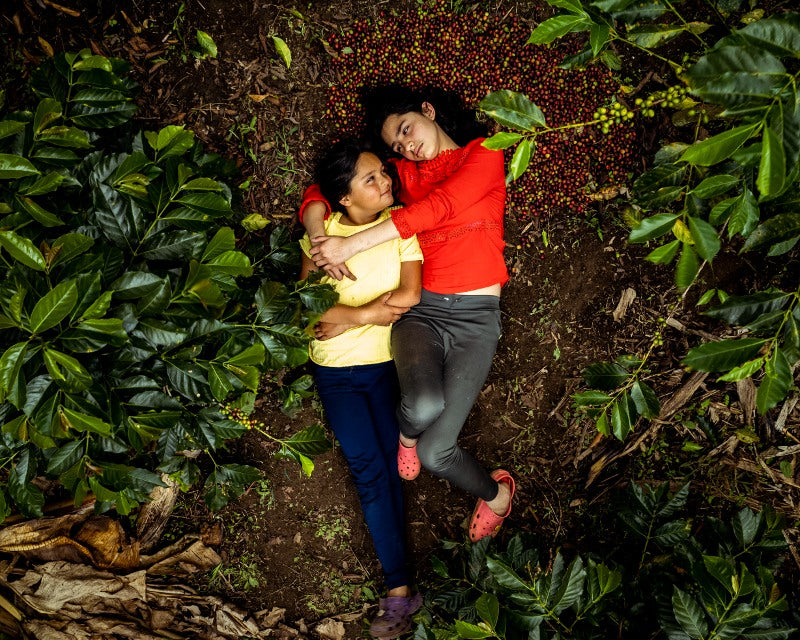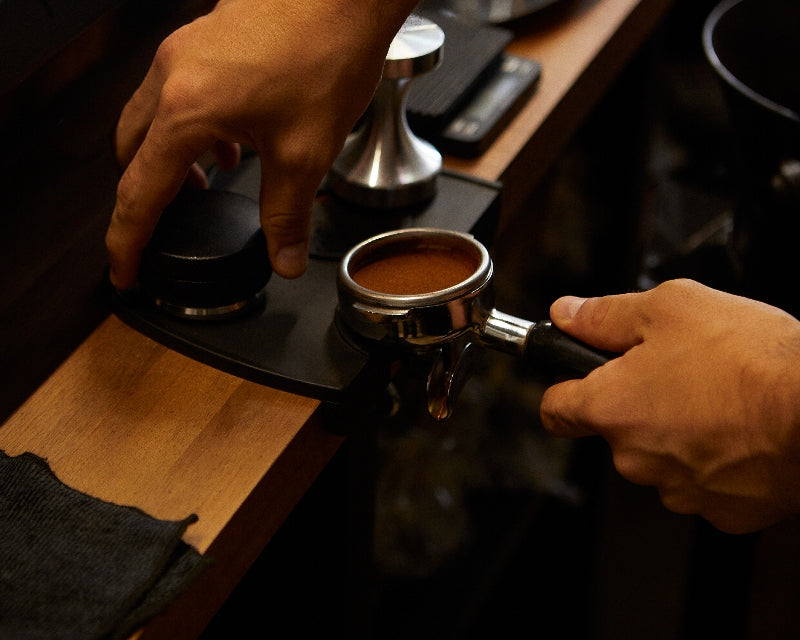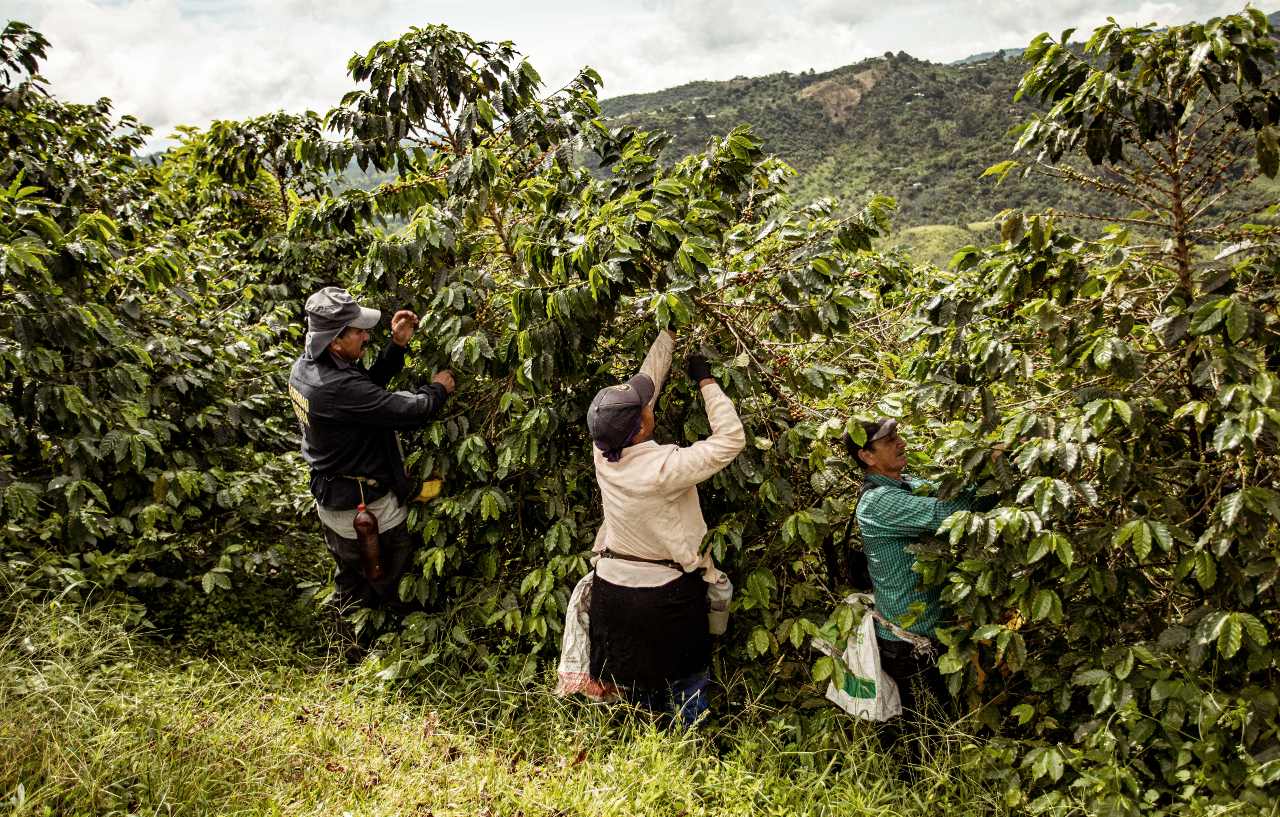Contents
-
The Basics
-
The Science Of Altitude And Coffee Quality
-
Are Higher Altitudes Better For Coffee Flavour?
-
Arabica vs. Robusta - Altitude Sustainability
-
Altitudes Of Colombia's Growing Regions
-
Roasting Considerations
-
Takeaways & Coffee Buying Advice
Colombia’s high altitudes help make it one of the most accommodating places in the world for growing specialty coffee. But why does elevation matter? And is higher better when it comes to coffee flavour? Let’s take a look.
The Basics
While altitude alone doesn’t mean much, certain high altitude locations across the bean belt provide growers with optimal coffee-growing conditions:
High altitude regions throughout Colombia (and other parts of the world too) are more likely to offer all of the above, contributing to beans that are healthy as well as complex and tasty.
Coffee will still grow when conditions are not optimal, but this will have an impact on the development of the plant and the cherries, which in turn affects the final flavour of the cup.
High elevation coffees are associated with more acidic, complex and flavourful cups on the whole.
The Science of Altitude and Coffee Quality
Coffee bean flavours develop over time as the plant and fruit (coffee cherries) mature. At higher altitudes, which offer cooler temperatures, the growth rate of the coffee plant is slower, allowing the plant to focus more on reproduction.
This means that more of its stored energy can be transferred to bean production, contributing to more complex sugar formation and, most importantly, deeper flavours.
At lower altitudes and in warmer temperatures, the growth rate becomes faster and cherries will ripen much quicker. This fast rate of production, while offering a higher production rate that some farmers rely on for profit, results in less sugar development and complexity overall.
Higher elevations also tend to offer better drainage, which leads to less water saturation of the beans and a higher concentration of sugars.
Are Higher Altitudes Better for Coffee Flavour?
It would be a mistake to assume that the higher a coffee is grown, the better it is. However, premium coffee is generally grown above a certain elevation (900m/masl). Beyond this, “better” might depend on your preferences.
The higher acidity, complexity and fruitiness associated with very high altitudes might not appeal to everyone. And it’s evident that people love coffee of all different types and profiles. Below is a very basic chart of how different coffee characteristics might be achieved at different altitudes.
MASL = Metres Above Sea Level
|
Very high altitude coffees - 1,525m / 5,000ft+
E.g. Colombia, Ethiopia, Kenya, Sulawesi (Indonesia)
|
More complexity
Fruitier
Spices
More floral aromas
|
|
High altitude coffees - 1,200m / 4,000ft+
E.g. Costa Rica, México, Nicaragua, Java (Indonesia), Colombia
|
More earthy
Nutty and chocolate notes
More citrussy
Vanilla
|
|
Medium altitude coffees - 915m / 3,000ft+
E.g. Brazil, Colombia
|
Smooth
Sweet
|
|
Low altitude coffees - 760m / 2,500ft+
E.g. Hawaii
|
Milder flavours
Mild acidity
Minimal complexity
|
Higher Elevation Coffee
The acidity that occurs more prevalently above altitudes of 1,300 masl (4,500 ft) can produce distinct flavours such as fruits and berries. More flavours unique to the region might also appear in the final cup, offering tasters interesting coffee notes to analyse and appreciate.
In general, coffee beans grown at higher elevations tend to produce coffees that are more complex, rich and distinct. Due to the cooler temperatures that extend the growth time of the coffee plant, more depth is added to their flavour.
Although you’ll find that most coffee producing countries are “warmer” places on the whole, coffee shouldn’t be grown in too warm a climate, which is why you’ll find most producers of specialty Colombian coffee beans located in higher regions of the country.
The acidity that occurs more prevalently above altitudes of 1,300 masl (4,500 ft) can produce distinct flavours such as fruits and berries.
Lower Elevation Coffee
On the other hand, milder flavours and a reduced acidic taste can be found in beans that are grown at a lower altitude where the growth time is faster. A quicker ripening of the bean often results in cups that are more earthy and less aromatic.
You can still produce very clean and crisp tasting coffees at lower altitudes, and, considering that many people don’t actually like high levels of acidity, a lower elevation coffee may do just fine.
Arabica vs. Robusta - Altitude Suitability
Arabica and Robusta plants are typically grown in different places around the world, largely due to the specific climate conditions needed for Arabica to thrive.
Arabica plants need to be grown at a high altitude in areas with plenty of shade, rainfall, cooler and stable temperatures, and less risk of pests or disease. The optimal temperature range for Arabica is between 18°C–21°C.
As for Robusta, these plants can thrive in lower altitudes with much higher temperatures. They are naturally much better at fighting off diseases (which are more common in warmer locations) and require less maintenance overall.
Learn More About Arabica and Why the World Loves It So Much
Altitudes of Colombia’s Growing Regions

Good quality coffee starts at around 900 masl, however, when we talk about premium Colombian coffee beans that you’ll find in the specialty coffee market (and at our shops), these are generally grown above 1,200 masl.
The higher you go, the more likely it is that you will find coffee profiles with increased fruit and floral notes, while lower altitude regions may offer coffees that are more earthy (with chocolate and nutty flavours).
The exact profile achieved by any producer will always depend on their specific growing practices and processing methods.
|
Narino
|
1,500-2,300
|
|
Antioquia
|
1,300-2,200
|
|
Cauca
|
1,700-2,100
|
|
Valle Del Cauca
|
1,450-2,000
|
|
Quindio
|
1,400-2,000
|
|
Huila
|
1,250-2,000
|
|
Tolima
|
1,200-1,900
|
|
Caldas
|
1,300-1,800
|
|
Cundinamarca
|
1,400-1,800
|
|
North Santander
|
1,300-1,800
|
|
Santander
|
1,200-1,700
|
|
Sierra Nevada
|
900-1,600
|
Roasting Considerations
As coffee roasters, knowing the elevation level coffee was produced at is important information to us as it gives us a better idea of how we can optimise the roasting process for different kinds of beans to achieve better results in the cup.
Beans that have matured in higher altitudes over a longer time are physically much more dense and hard, while lower altitude coffee beans tend to be softer. This greatly impacts what happens to them when they are roasted.
Also, coffee beans in higher altitudes tend to preserve their flavour much better too, increasing their appeal to specialty coffee roasters who want to keep their beans as fresh and delicious as possible when importing them from abroad and selling them to their local market.
If conditions are right, Colombian coffee beans grown at high altitudes may produce a more complex and flavourful cup on the whole.
Takeaways & Coffee Buying Advice
If conditions are right, Colombian coffee beans grown at high altitudes may produce a more complex and flavourful cup on the whole. However, as we’ve learnt over the years, there are so many other factors that play a role in determining the eventual profile of the coffee when it’s finally roasted and brewed.
We’ve tasted coffees grown at lower elevations that offer an incredible amount of fruitiness and balanced acidity, as well as coffees grown at the highest altitudes which offer a more earthy profile overall (nutty and chocolatey).
We find the biggest advantage for the average coffee drinker, in terms of knowing the altitude at which a coffee is grown, occurs when you’re comparing coffee from different countries that have vastly different average elevations.
For instance, being able to understand how a Hawaiian coffee grown at 500-700 masl might differ in profile to a Colombian coffee bean grown at 1,5000+ could make all the difference when you’re searching for your favourite bag of coffee.
Learn More About Colombian Coffee!





